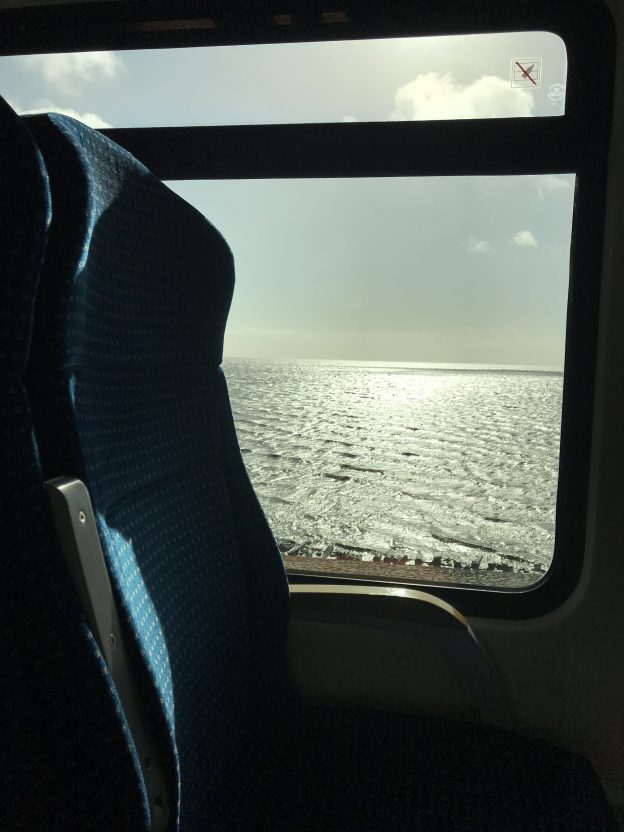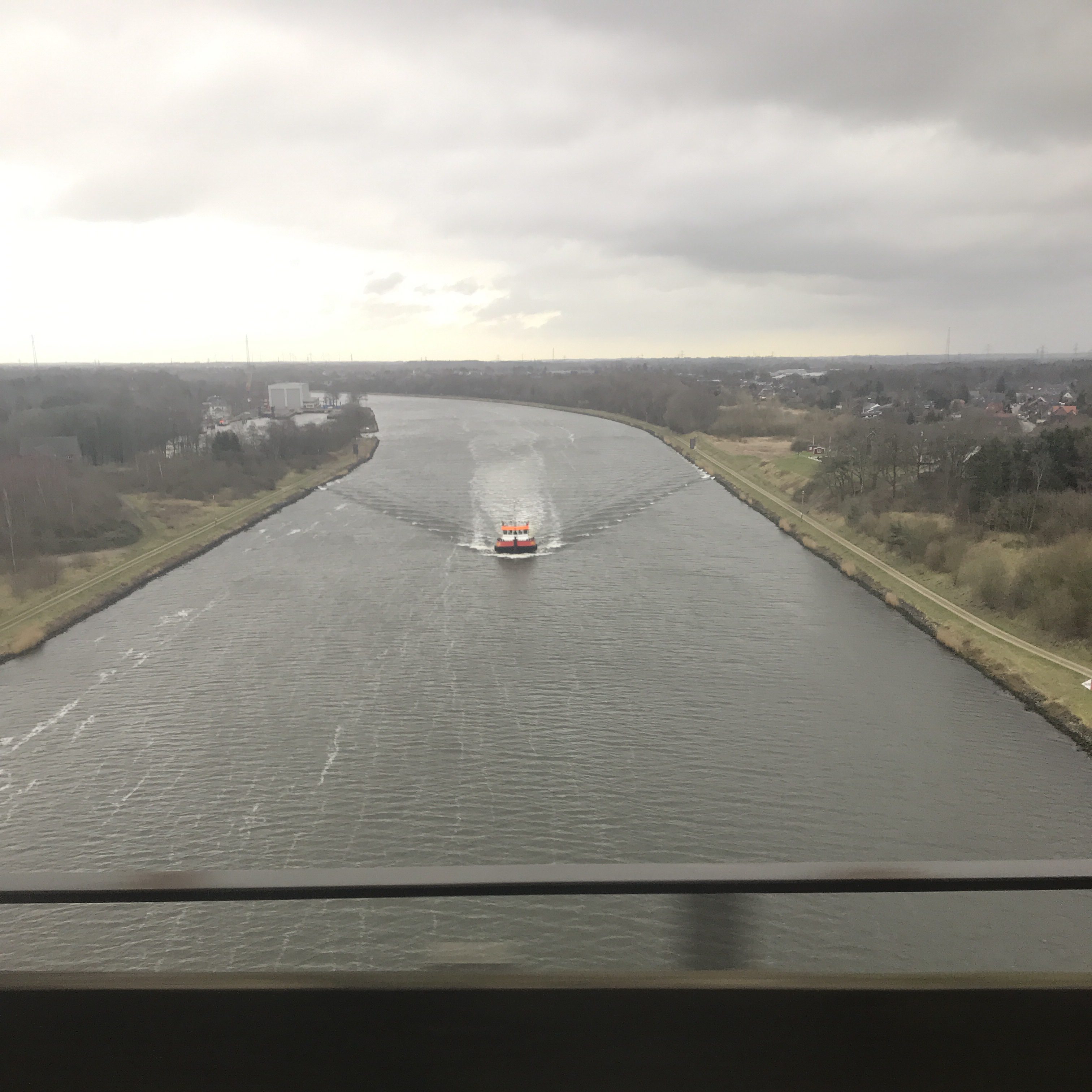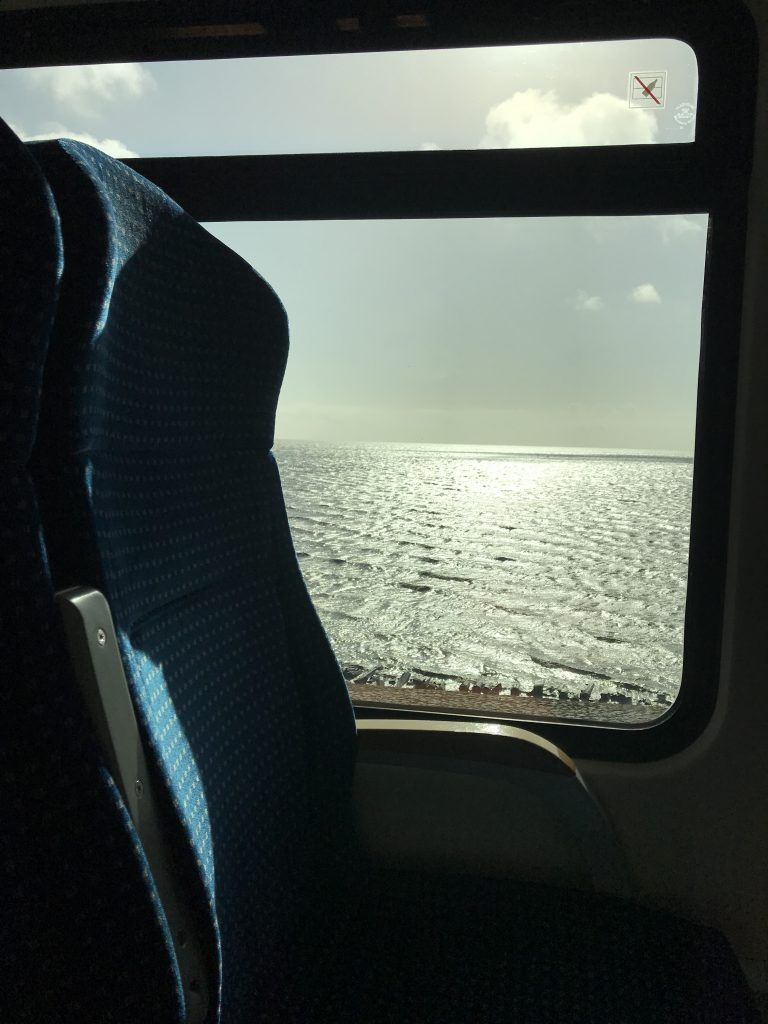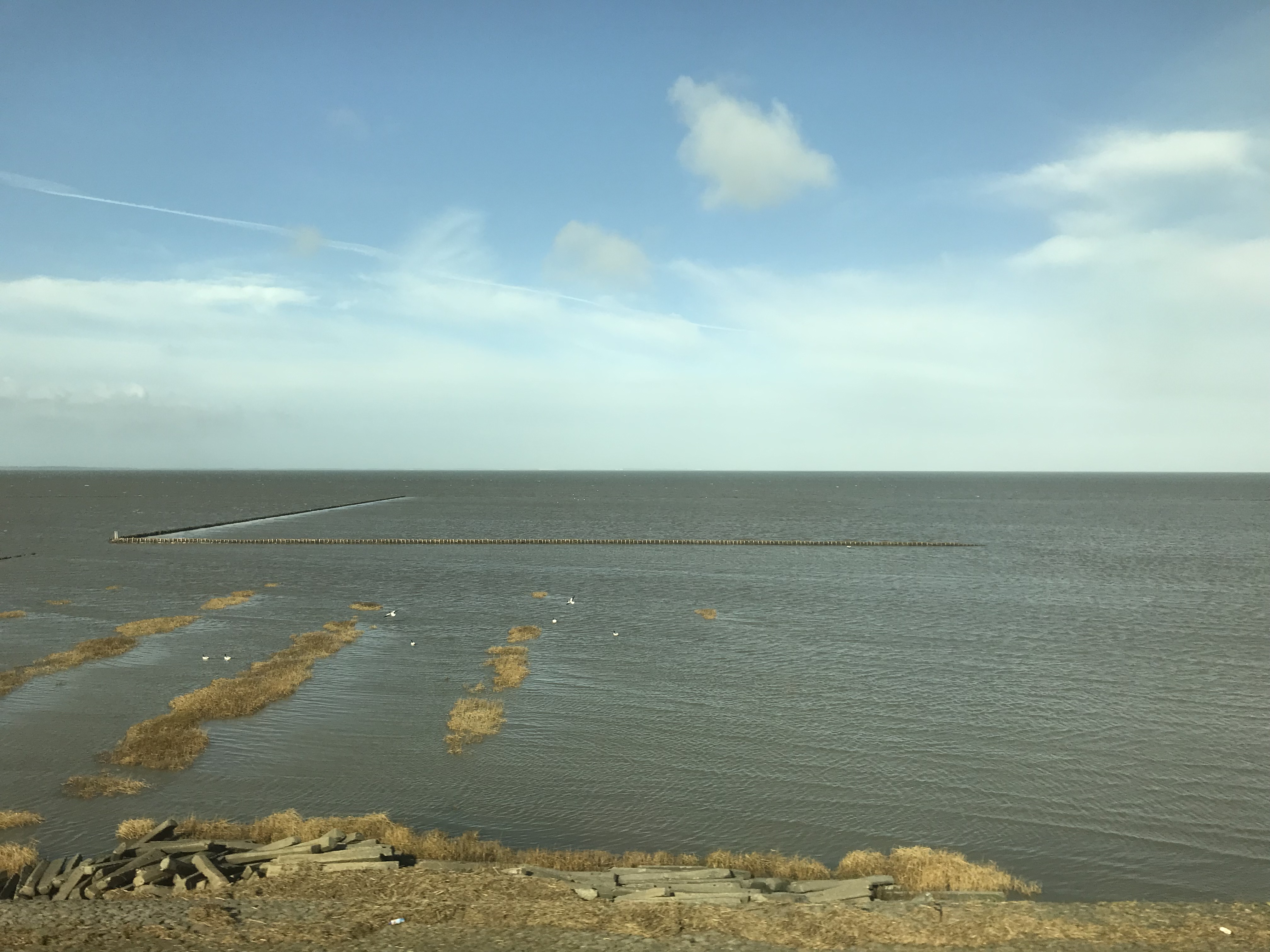I took the selfie above mainly to send to my mom from my vacation in Dornumersiel on the German North Sea coast. But then when looking through the hundreds of pictures I took that day, I realized that not only was my hair parted on the wrong side because it was so windy (ha!), the wave fields to my right and left looked actually quite different, without the reason for that being immediately obvious. So let me show you a picture facing the other way.
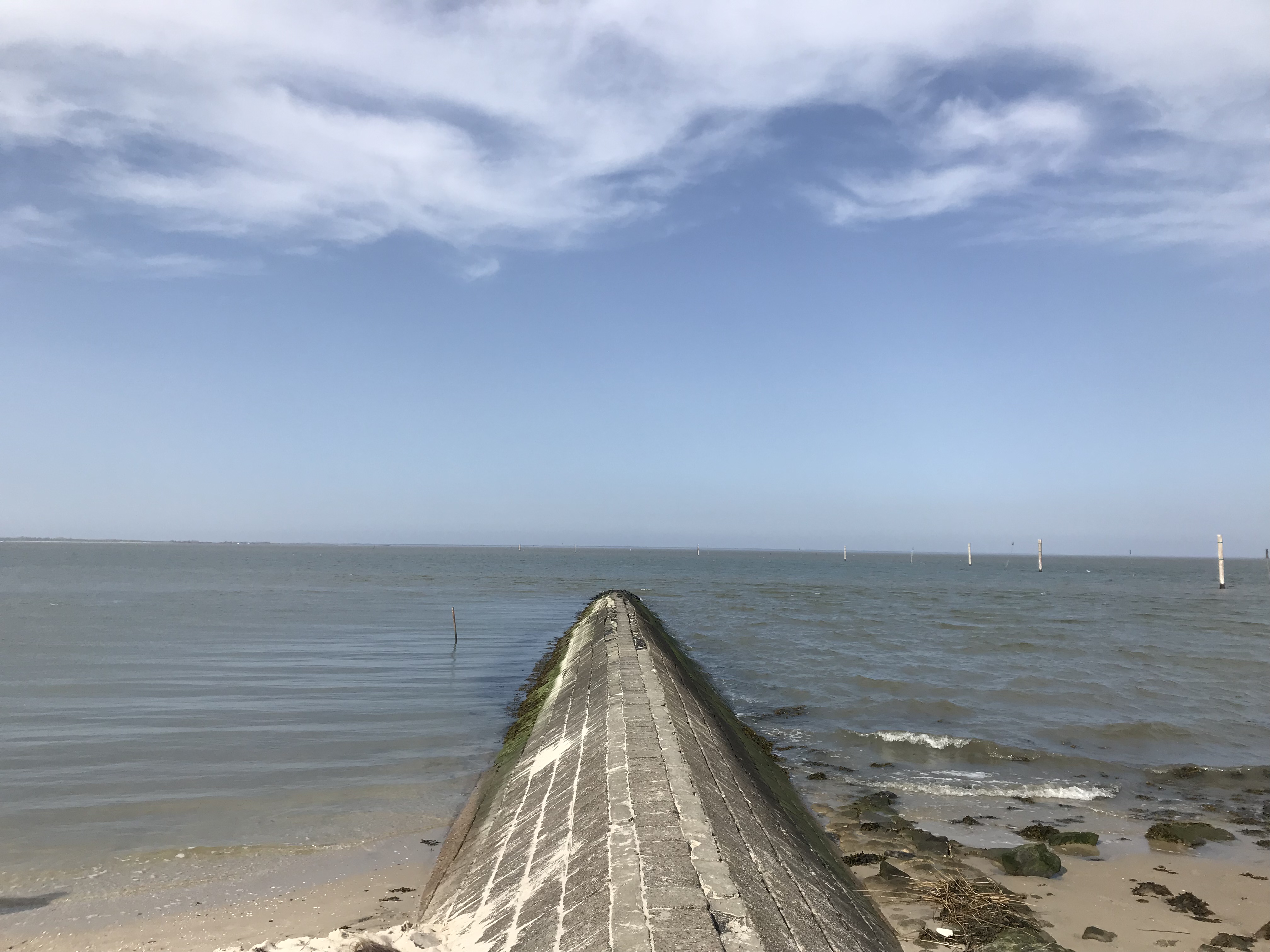
Above, you see this wave breaker like structure, protruding into the sea. The wind is coming from the right side, thus the waves are a lot larger on the right side of the breaker where they are getting more and more energy from the wind as they come towards us, than the waves on the left, the lee side of the breaker, where they don’t get any new energy input and are just refracted around the breaker.
Looking the other way, towards the shore, the difference becomes even more clear (picture below) isn’t this fascinating?
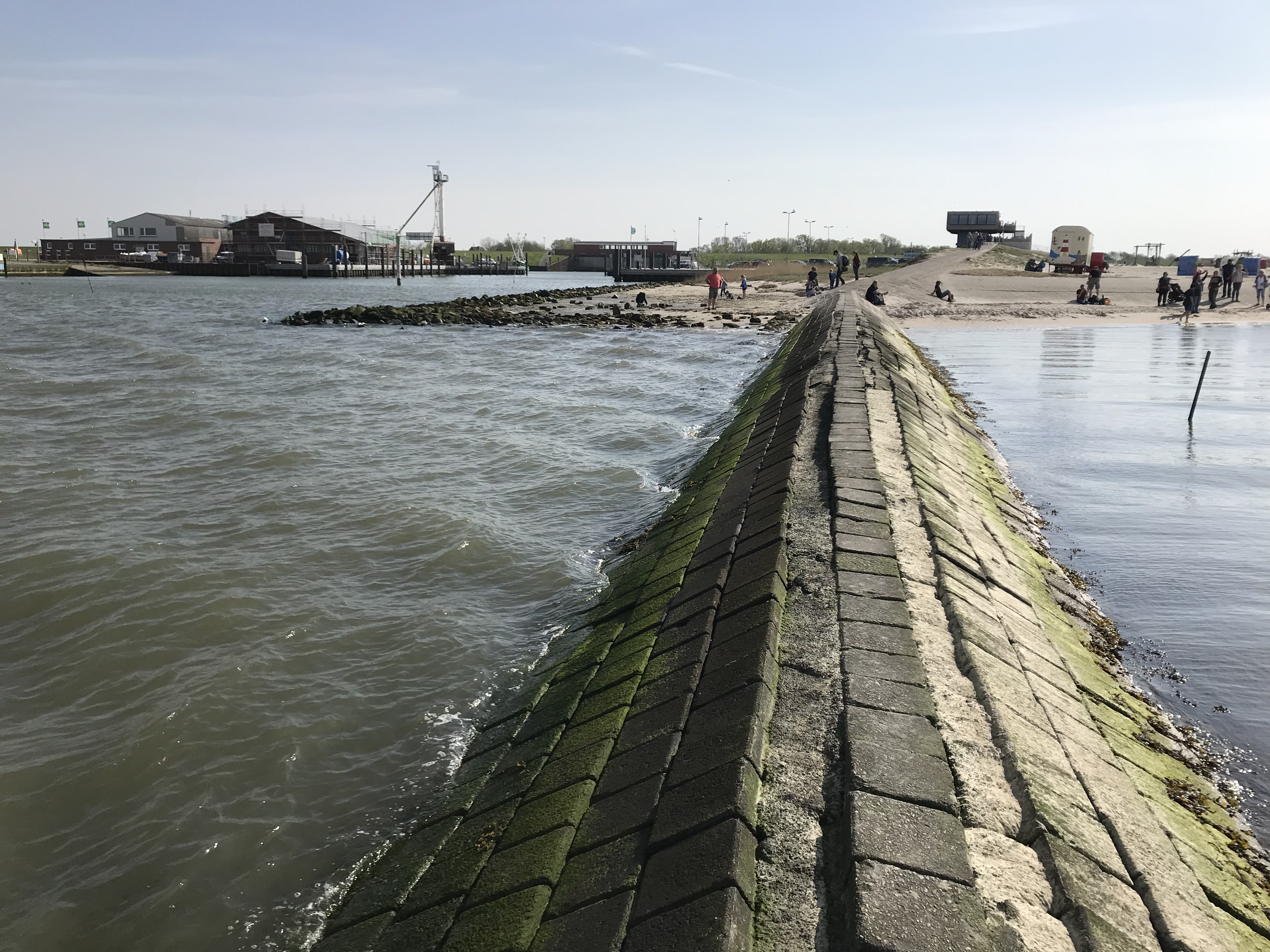
I really like watching how waves interact with structures. Below, for example, we see that the wave crests are coming towards the wave breaker at an angle, and that they are reflected and traveling away from it, too. This contributes to making this side look a lot more choppy than the other side!
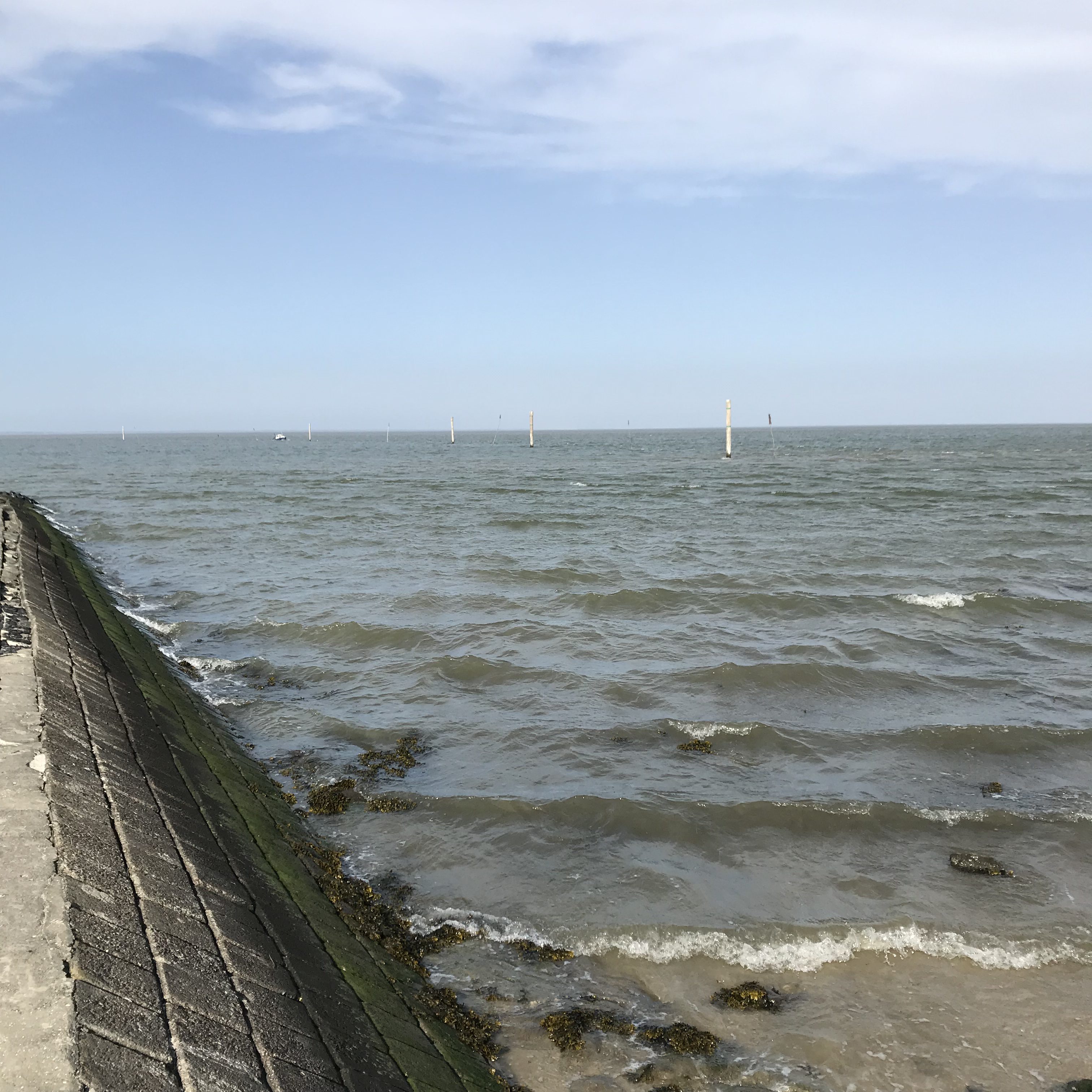
On the other side, the waves look smooth. I was still standing on the breaker when taking the picture below, and you see where the sea surface is still sheltered from the wind and where the fetch is long enough so the surface roughness increases and ripples and capillary waves form.
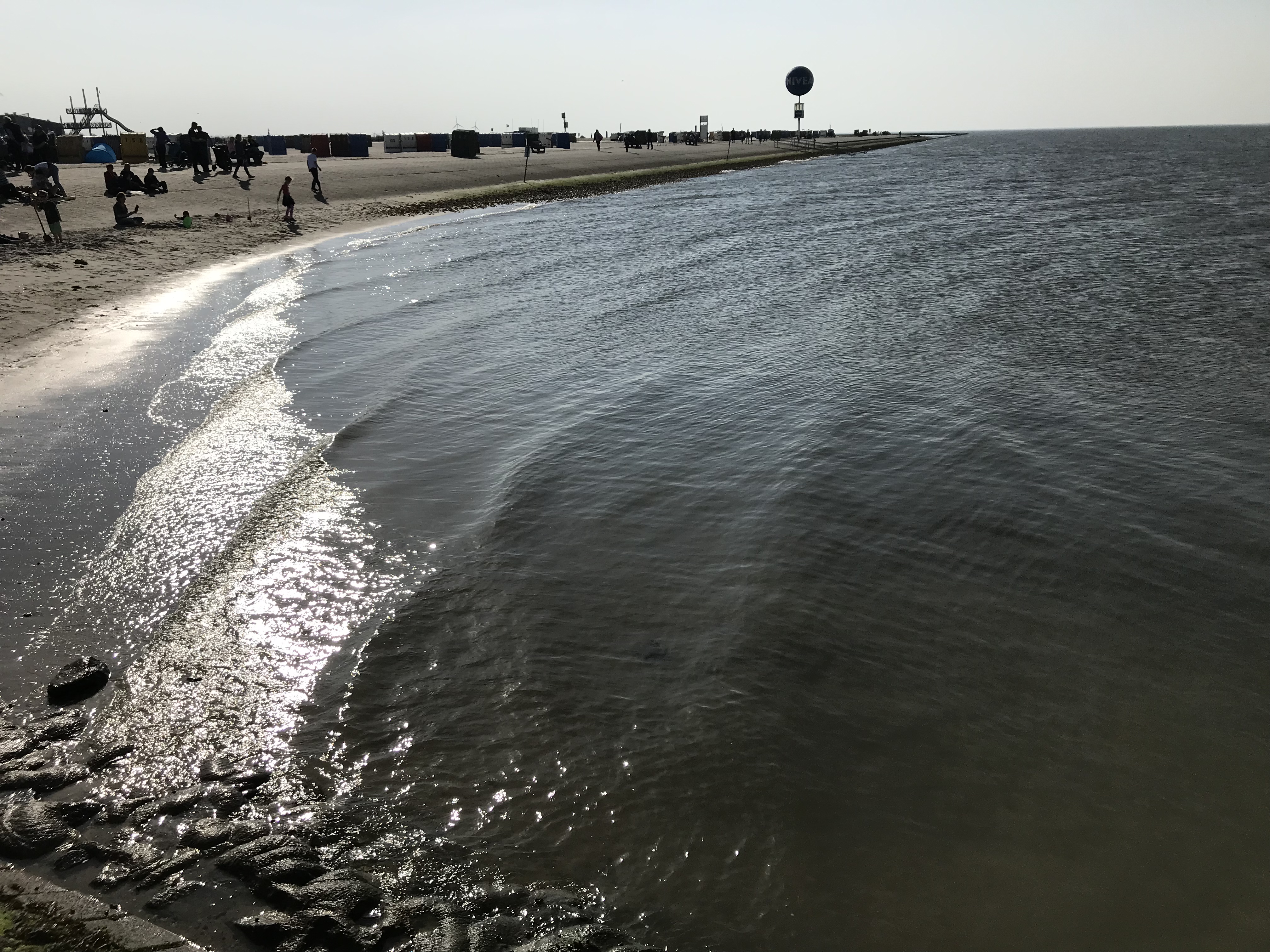
Since we are in the Wadden Sea, the shore has a very shallow slope going into the North Sea, so waves look super interesting when they are in the shallow water. Below you see many many almost-breaking wave crests behind each other, coming towards us. The water depth is clearly a lot less than a wave length, the waves are interacting with the bottom and thus have really long and uniform troughs and steep, short crests. (btw, for those of you wondering how I could say anything about water depth in my #friendlywaves post on Saturday: This is how. This is an example of waves in very shallow water, and you clearly see their shape being different, don’t you?).
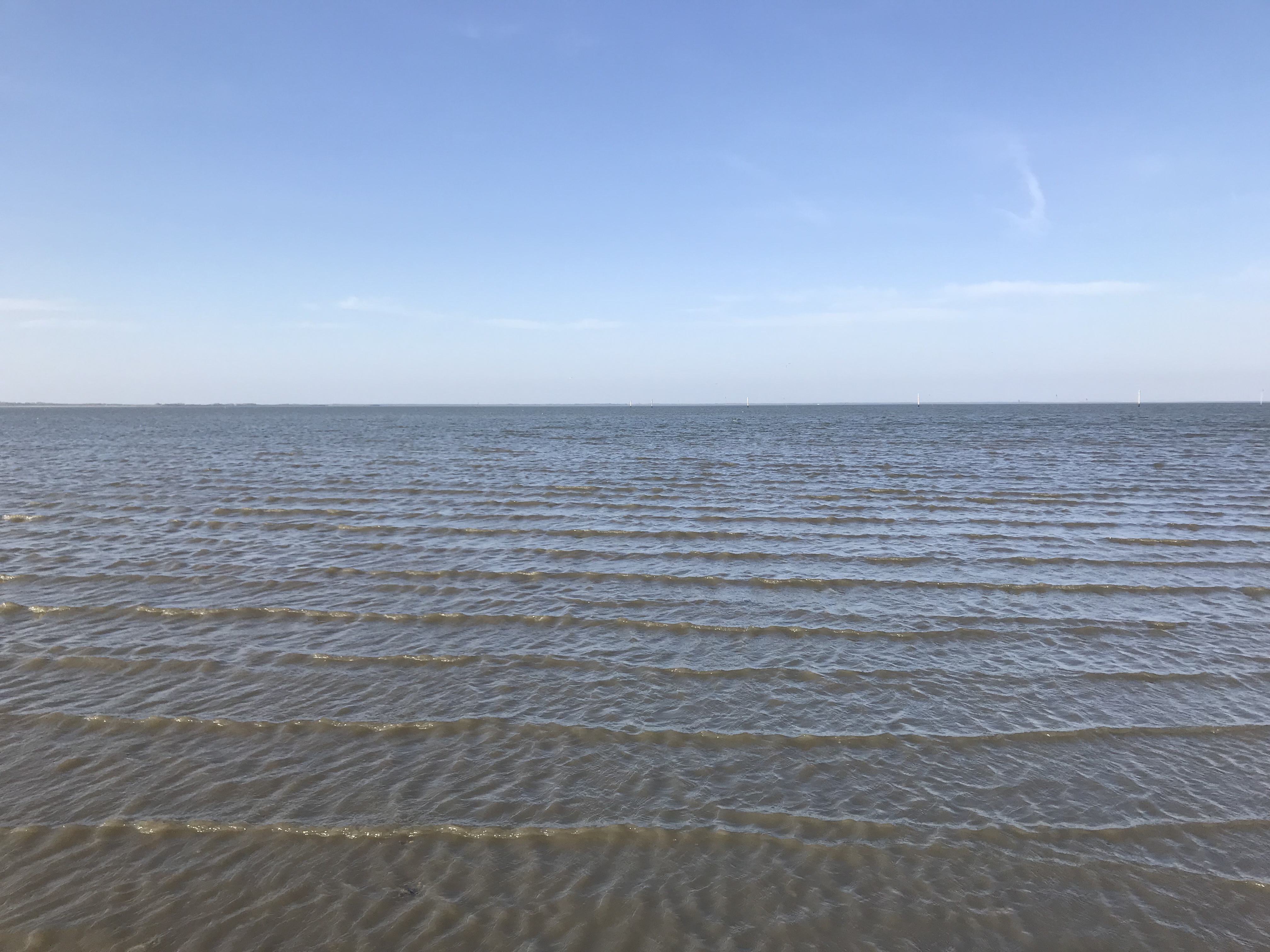
I love looking at the details of where they hit the beach! All the sparkle, all the little Mach cones around the pebbles where the water is running off, all the small capillary waves!
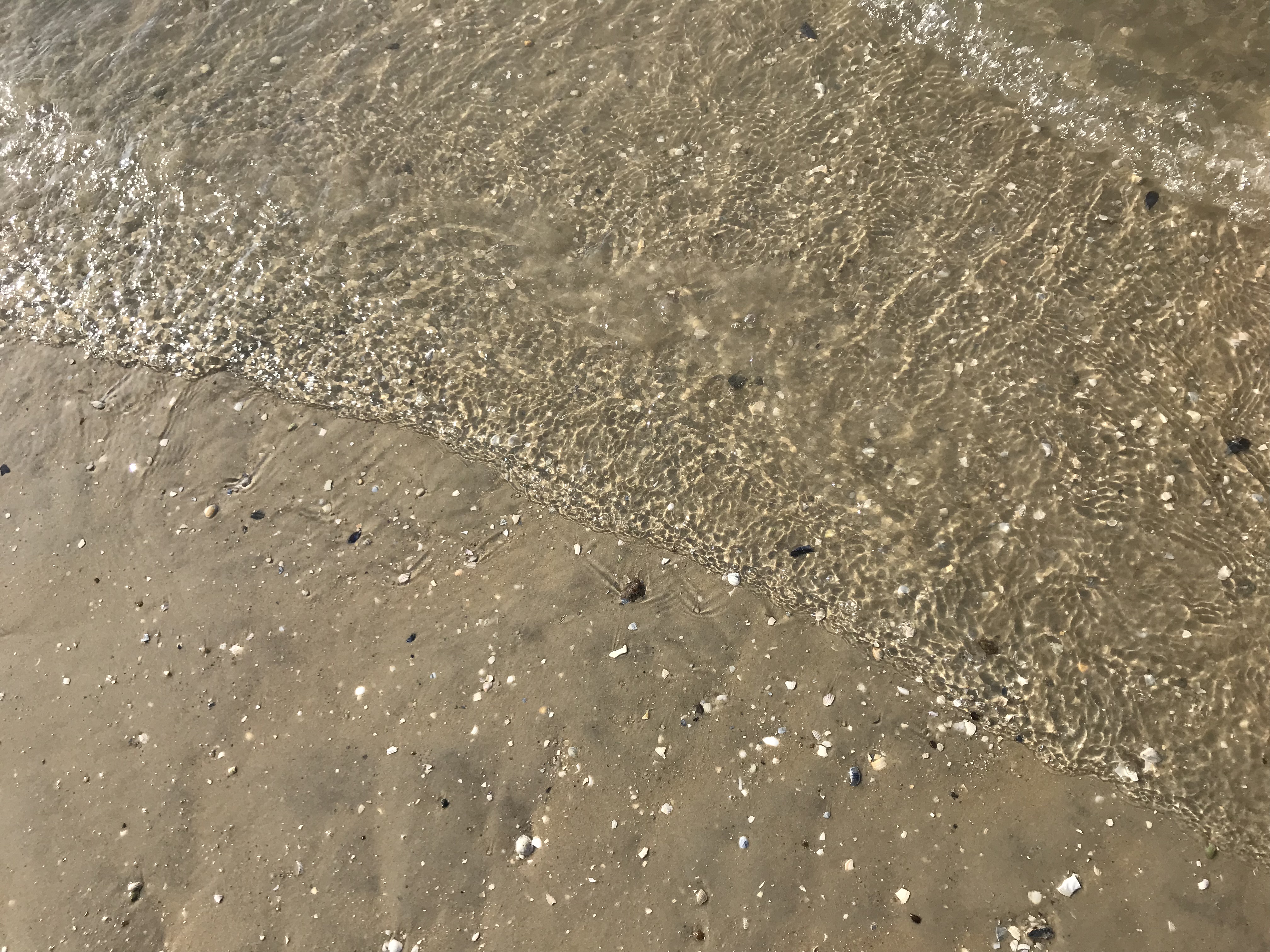
Below, someone accidentally walked into my picture, but that’s actually a good thing, because it gives you a scale, and if you look at the little wave rings that were created when she put her foot into the water and it splashing forward a little. The wave rings actually have comparable sizes to all the other small stuff going on on the sea surface!
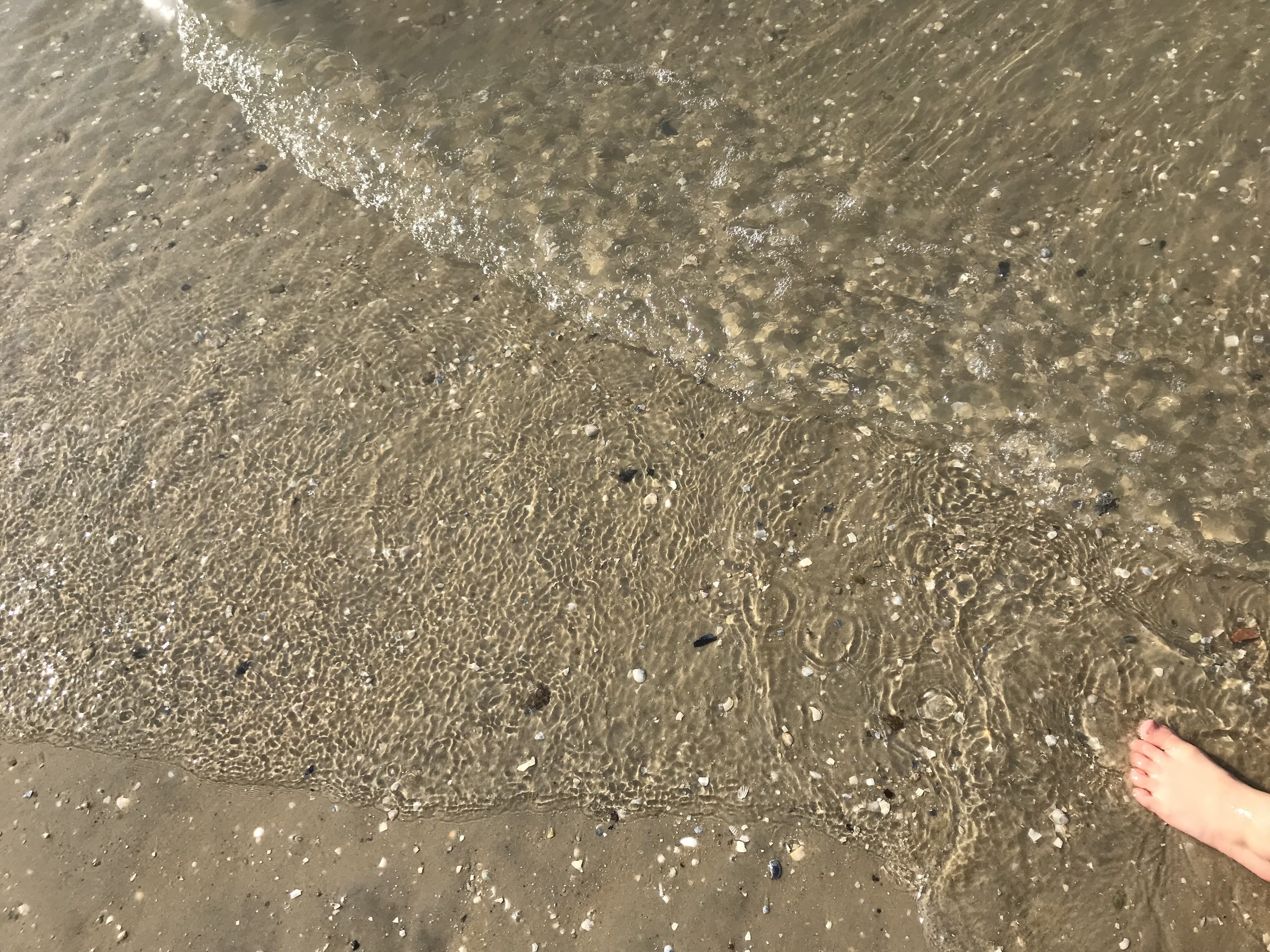
And what’s also pretty impressive: How the crests get refracted by changing water depth. Below it almost looks like parabolic shapes coming in from the right, right? The side of the parabola that is further away is actually the wave crest that is coming in from the open sea, and the rest, i.e. the actual curved part, is partly diffraction around the breaker and then refraction because of changing water depths. So cool!
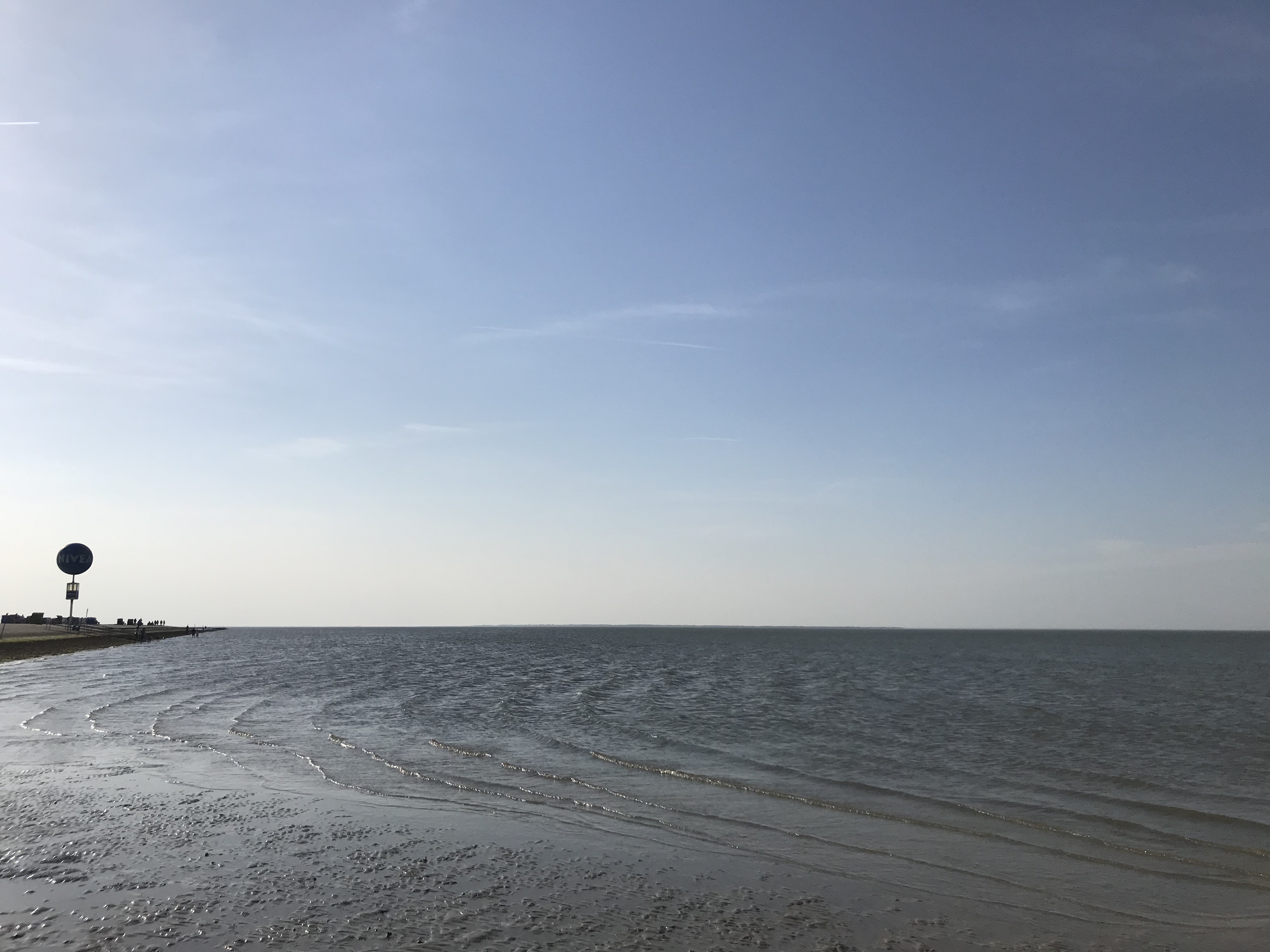
Since I spent quite some time there, here is a picture later that day with a lot less water. Tides and all that… ;-)
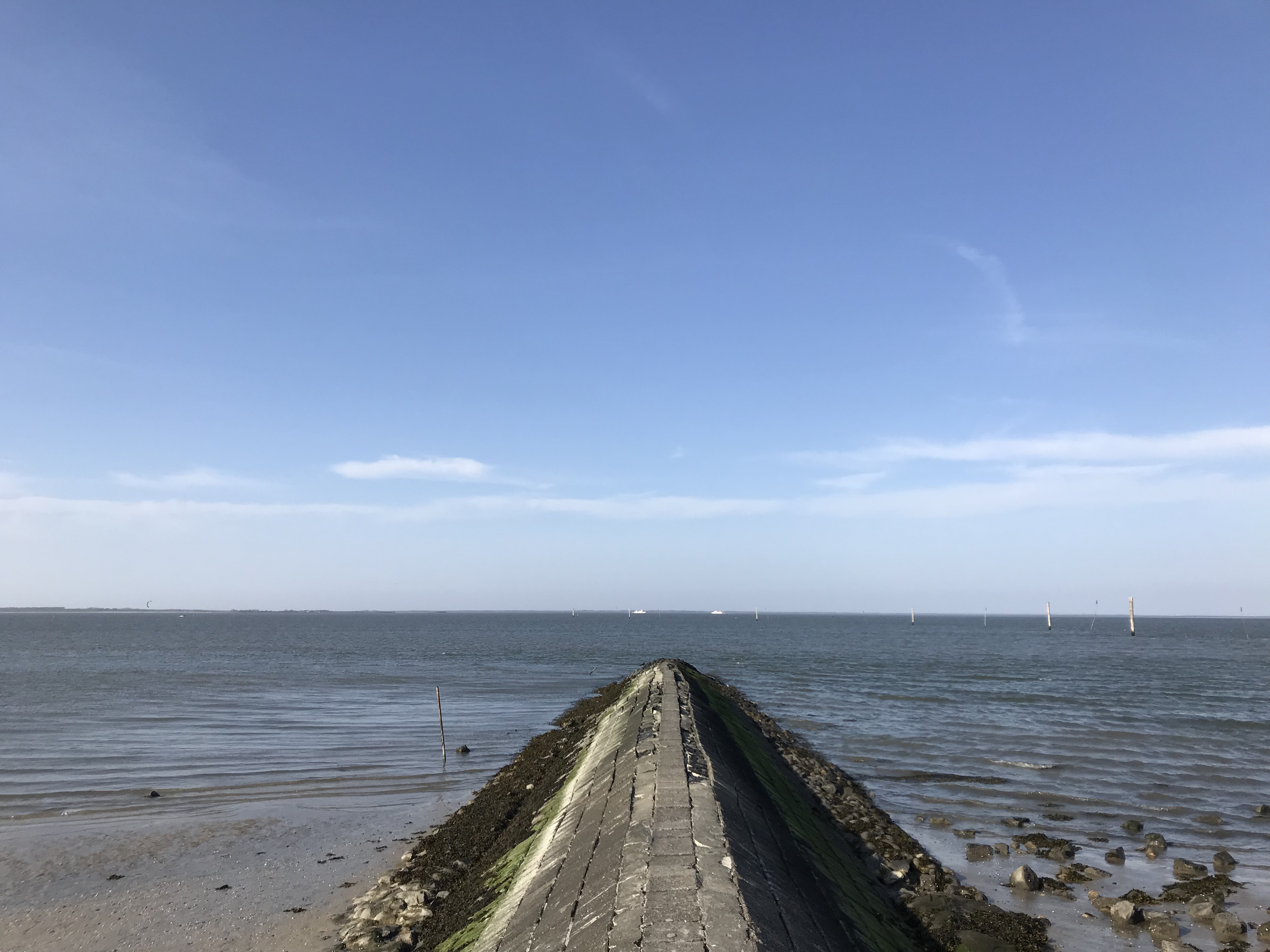
And then another day with a different wind direction and less sun.

I think it looks really cool to see the fairly wide area to the right of the breaker, in its lee, where the surface is really smooth!
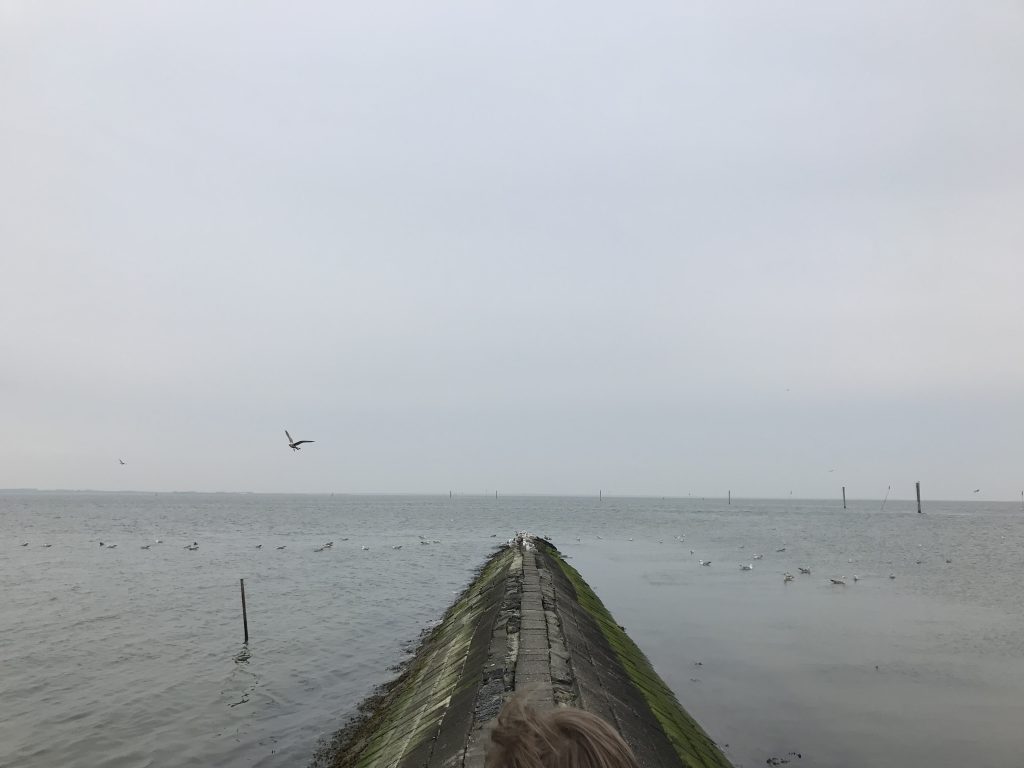 So far, so good. Gotta go now! Do you find this as fascinating as I do?
So far, so good. Gotta go now! Do you find this as fascinating as I do?
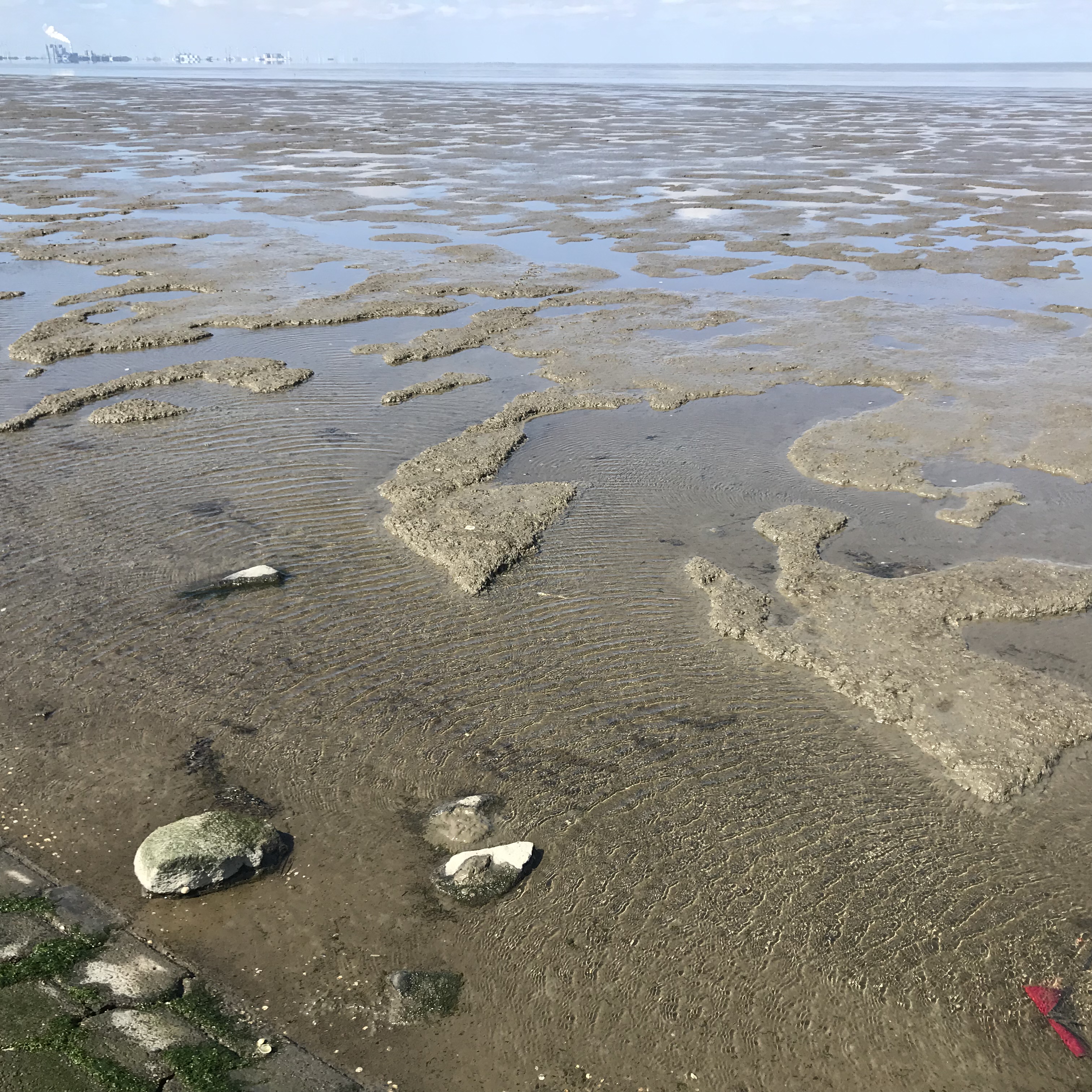
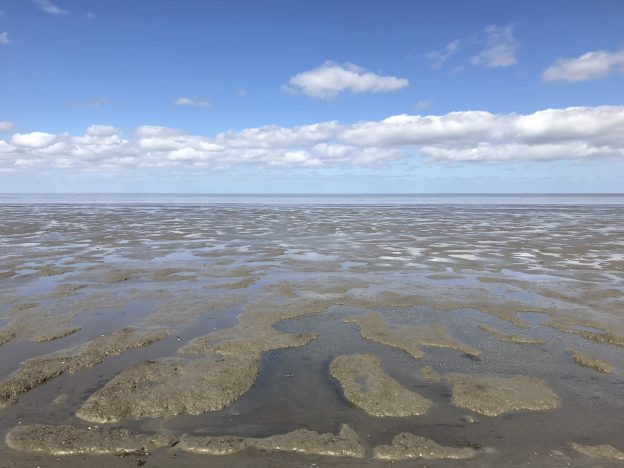
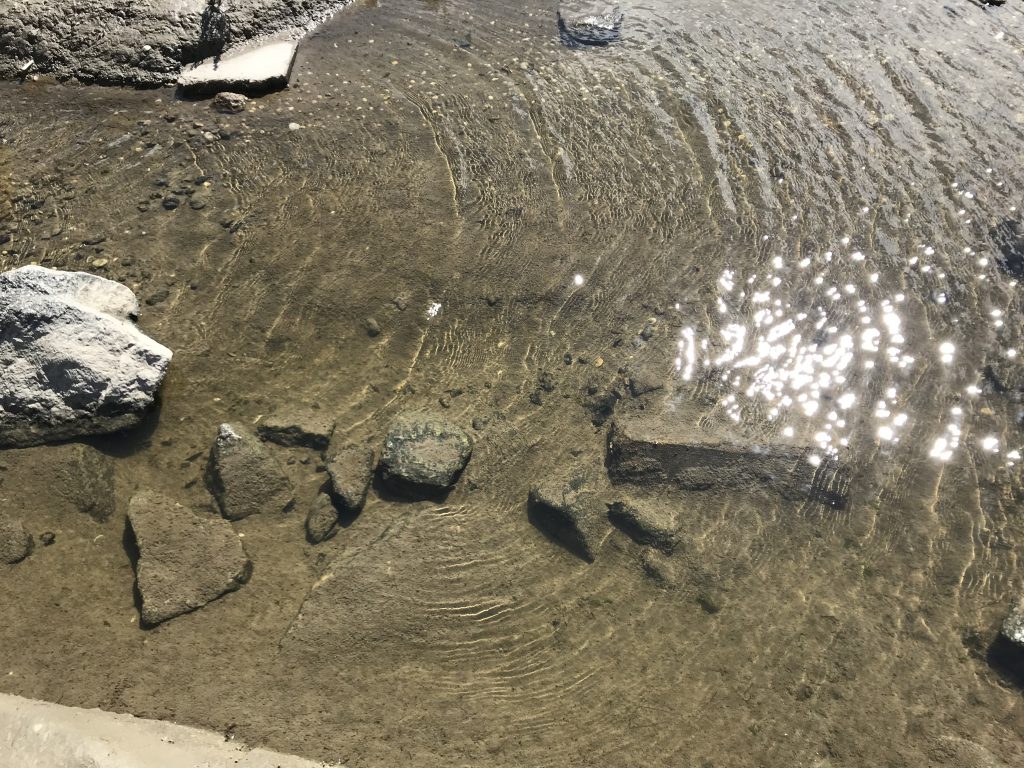
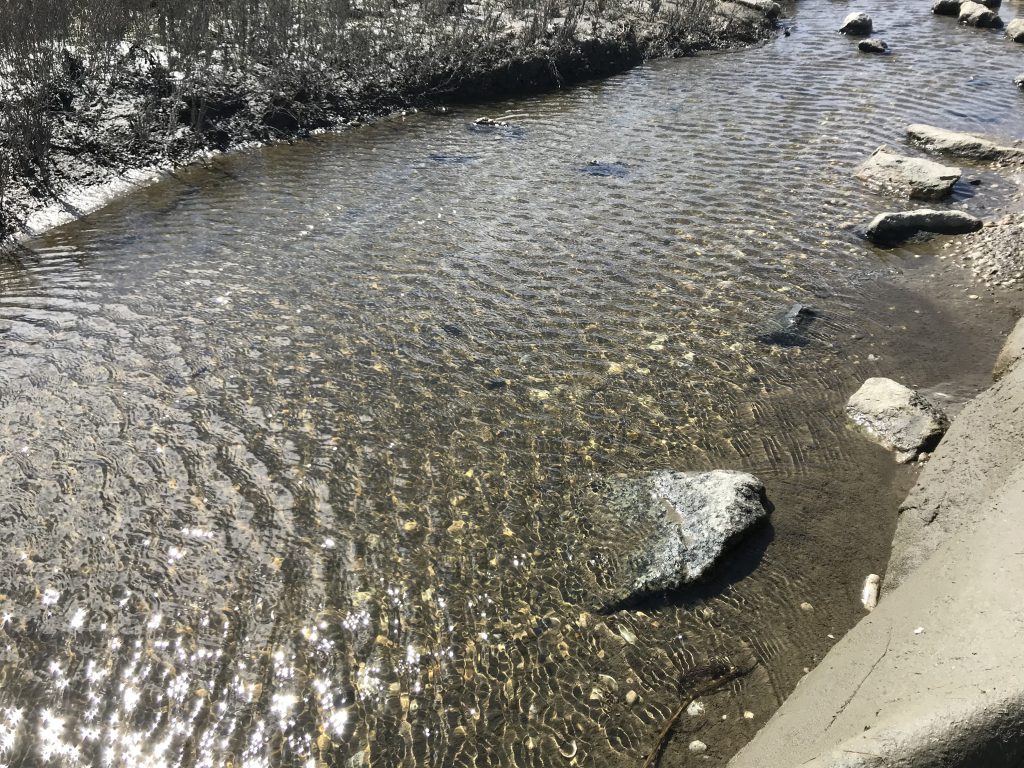
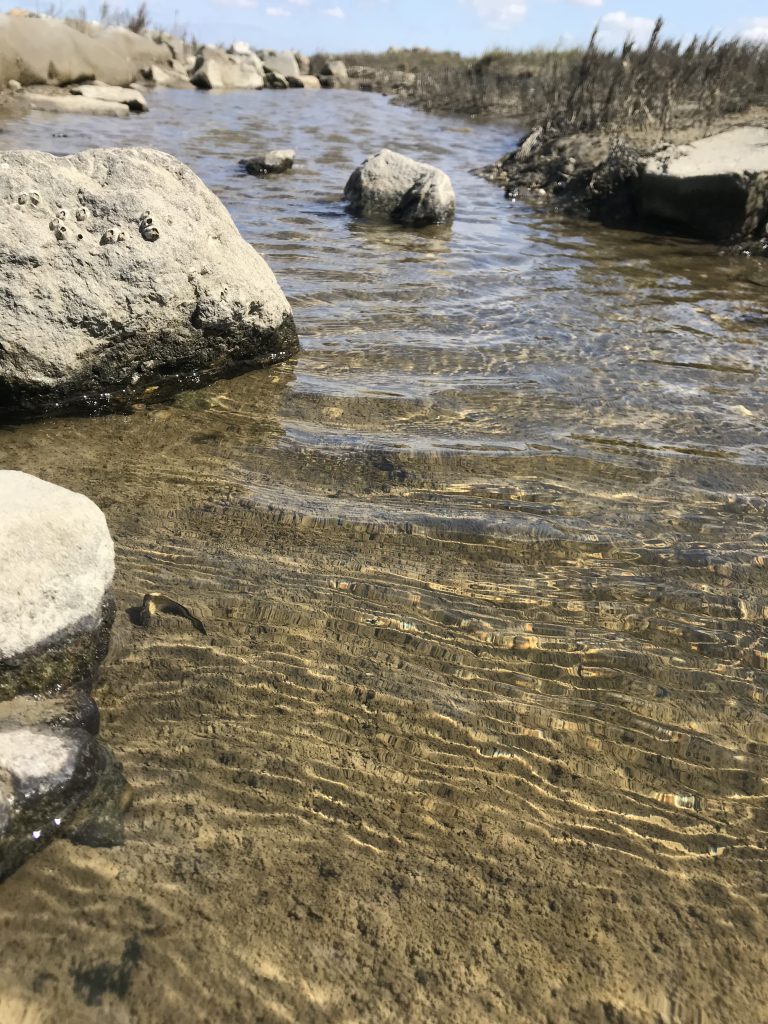
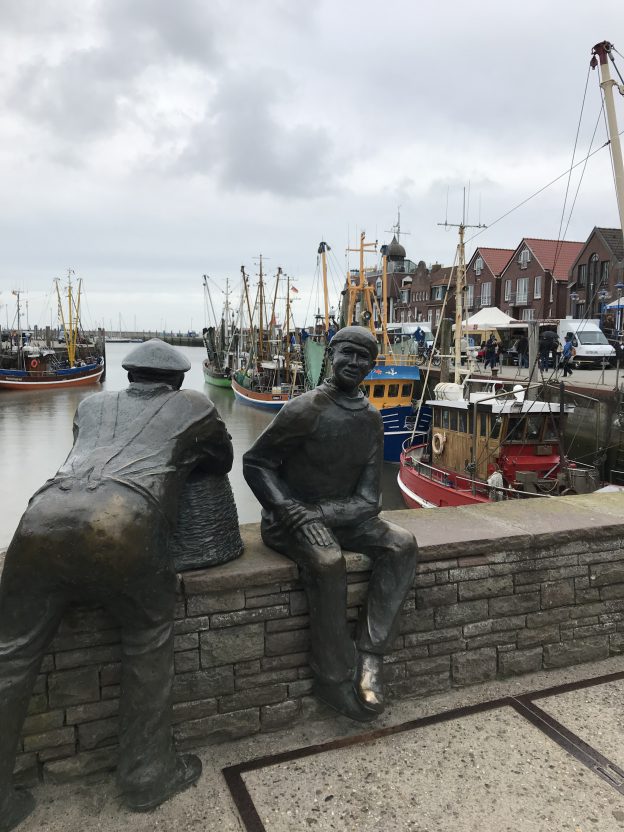
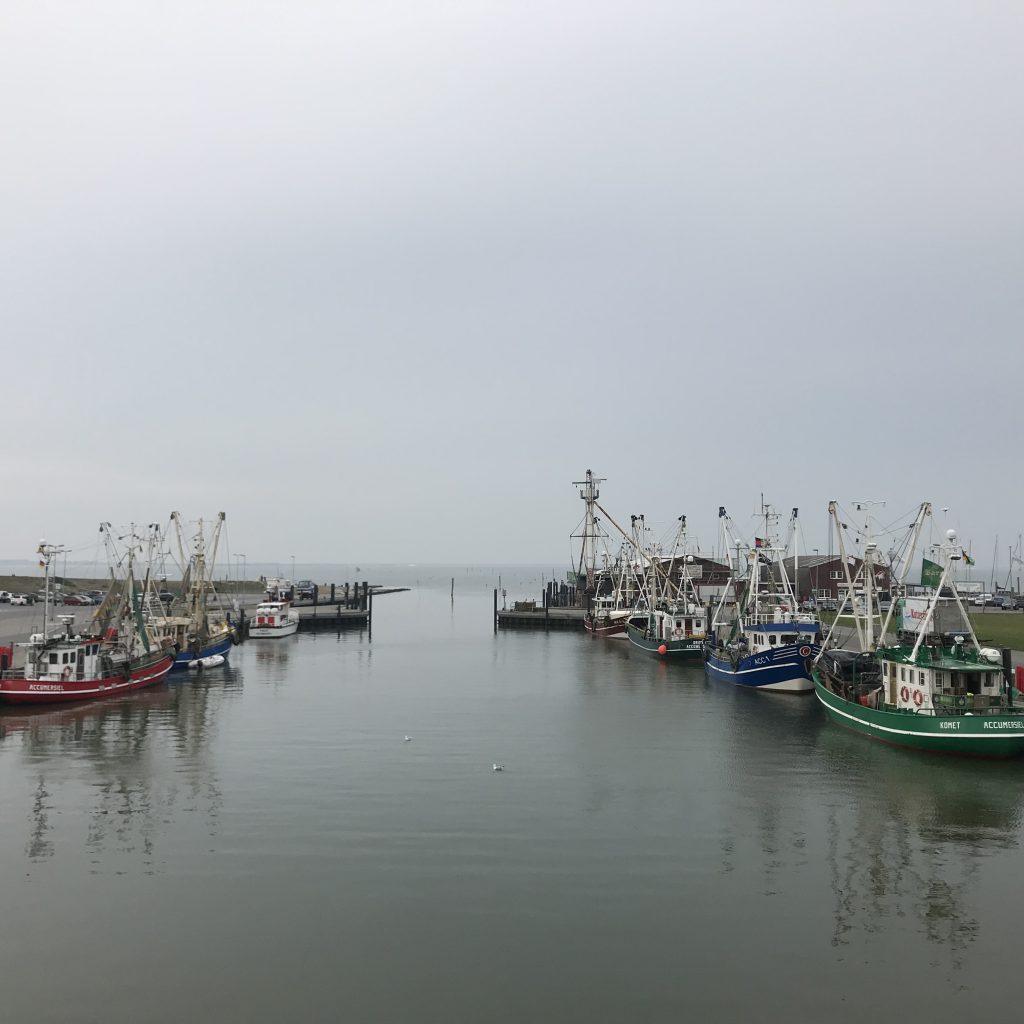
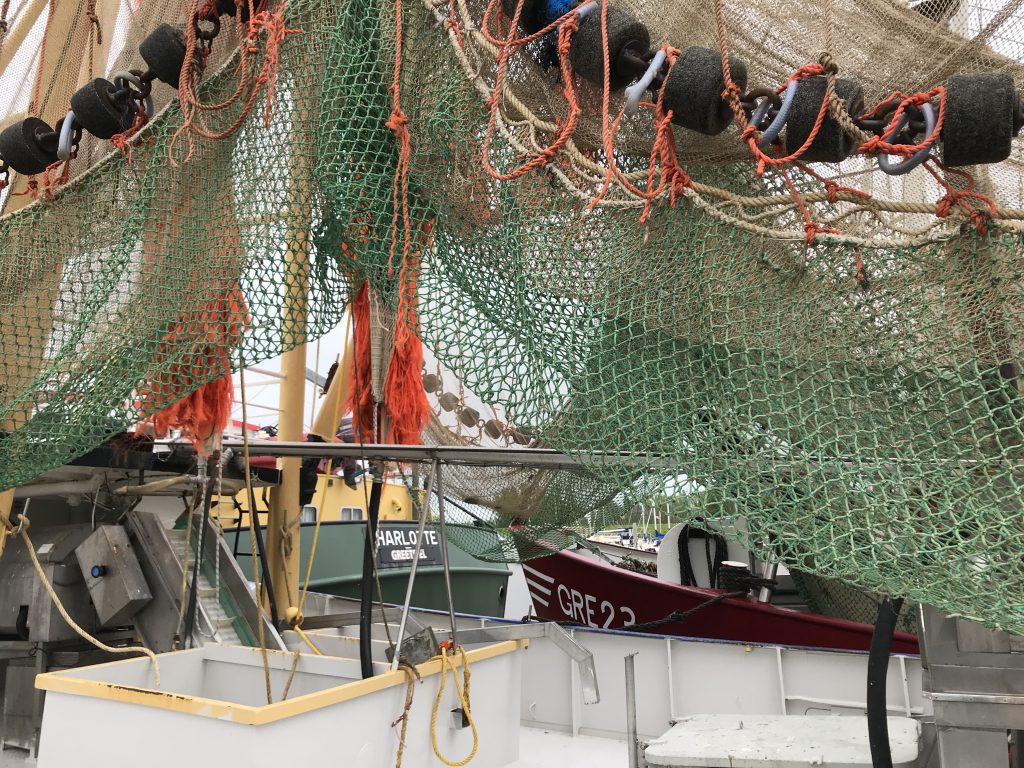
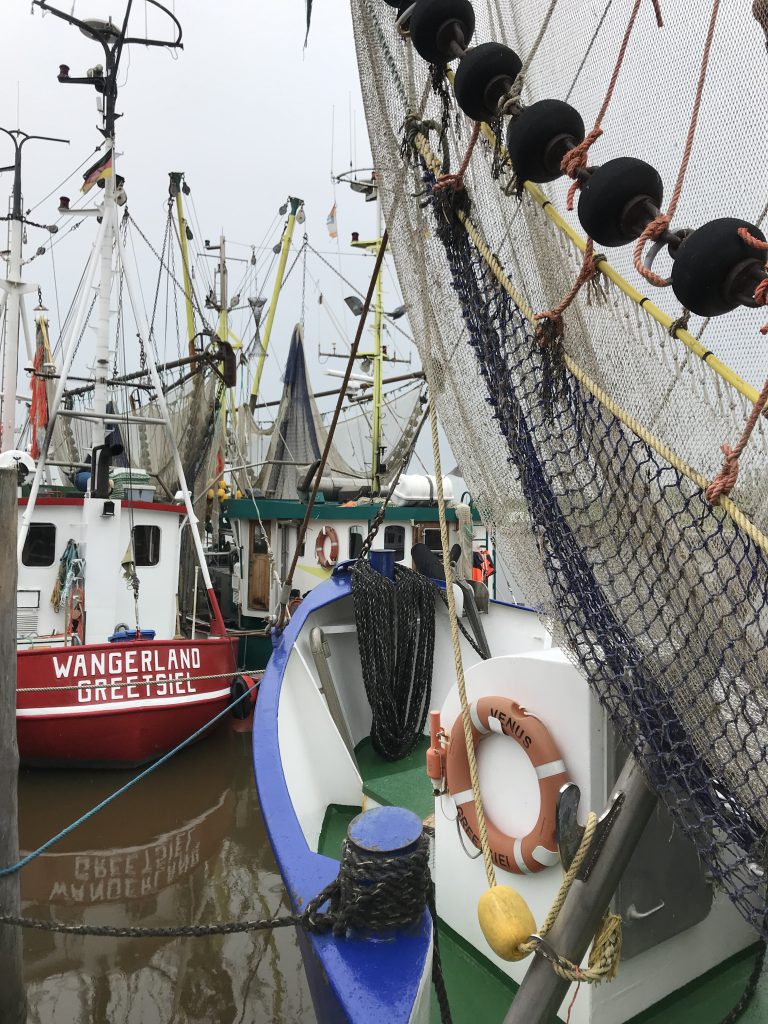
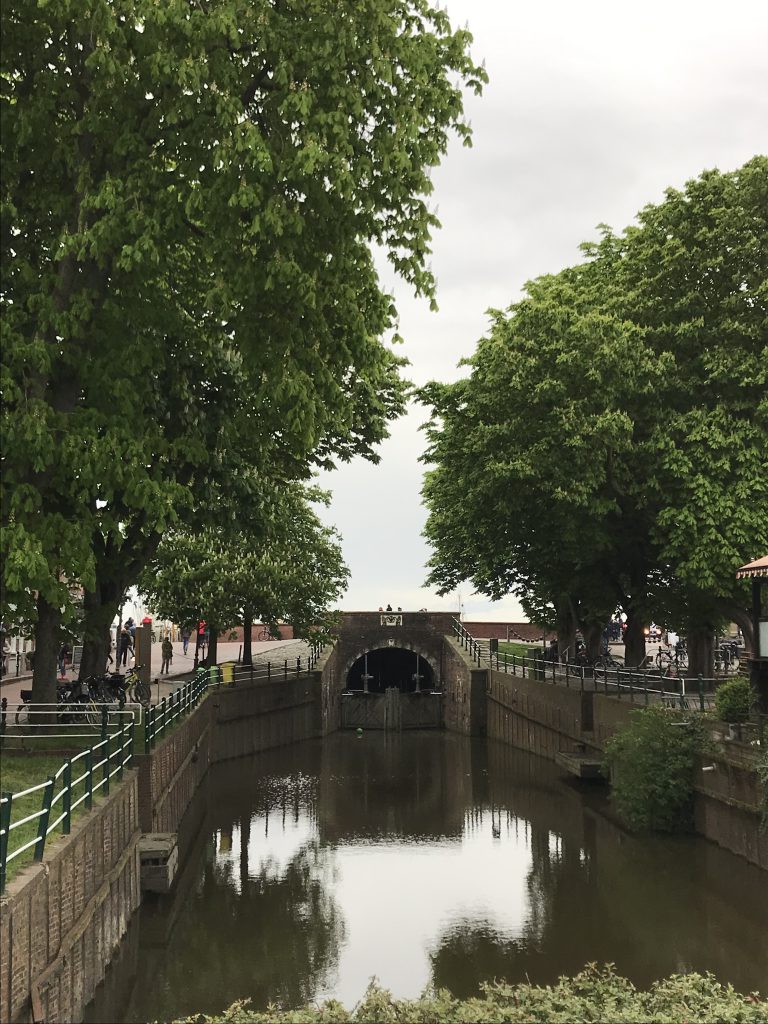
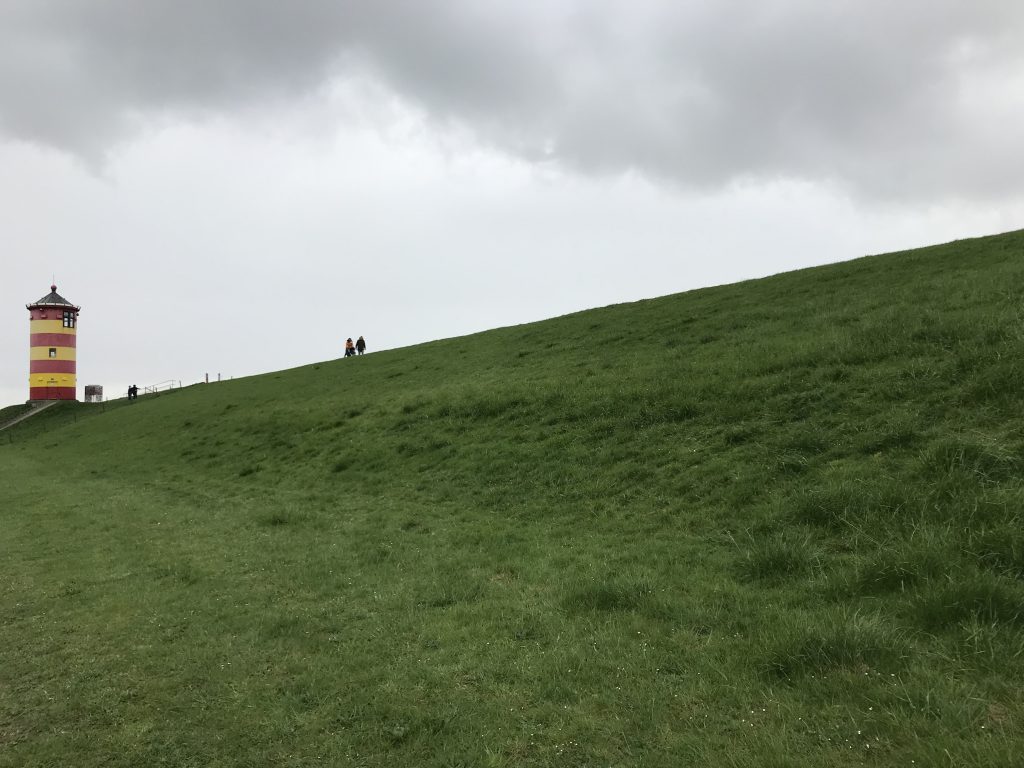
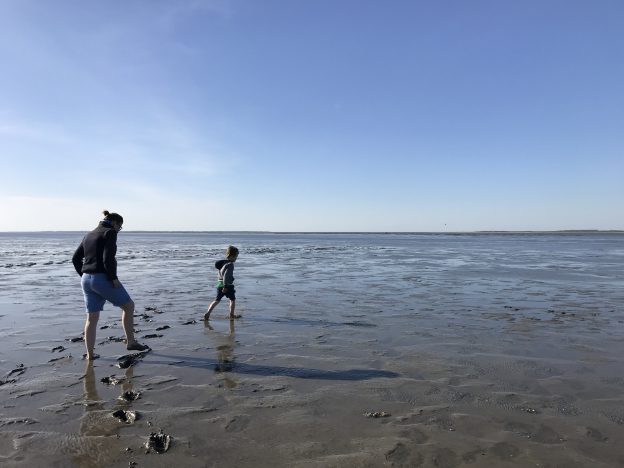
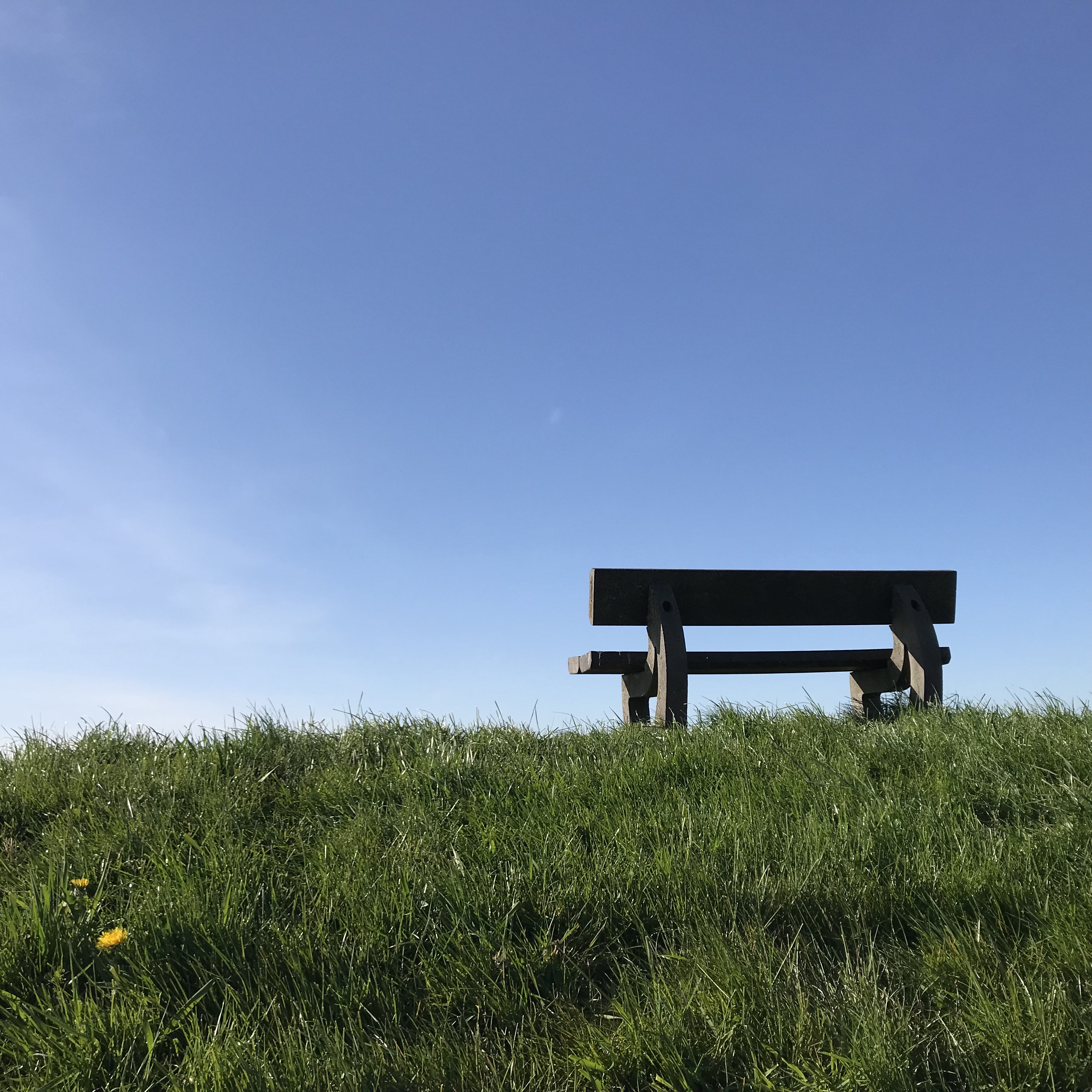
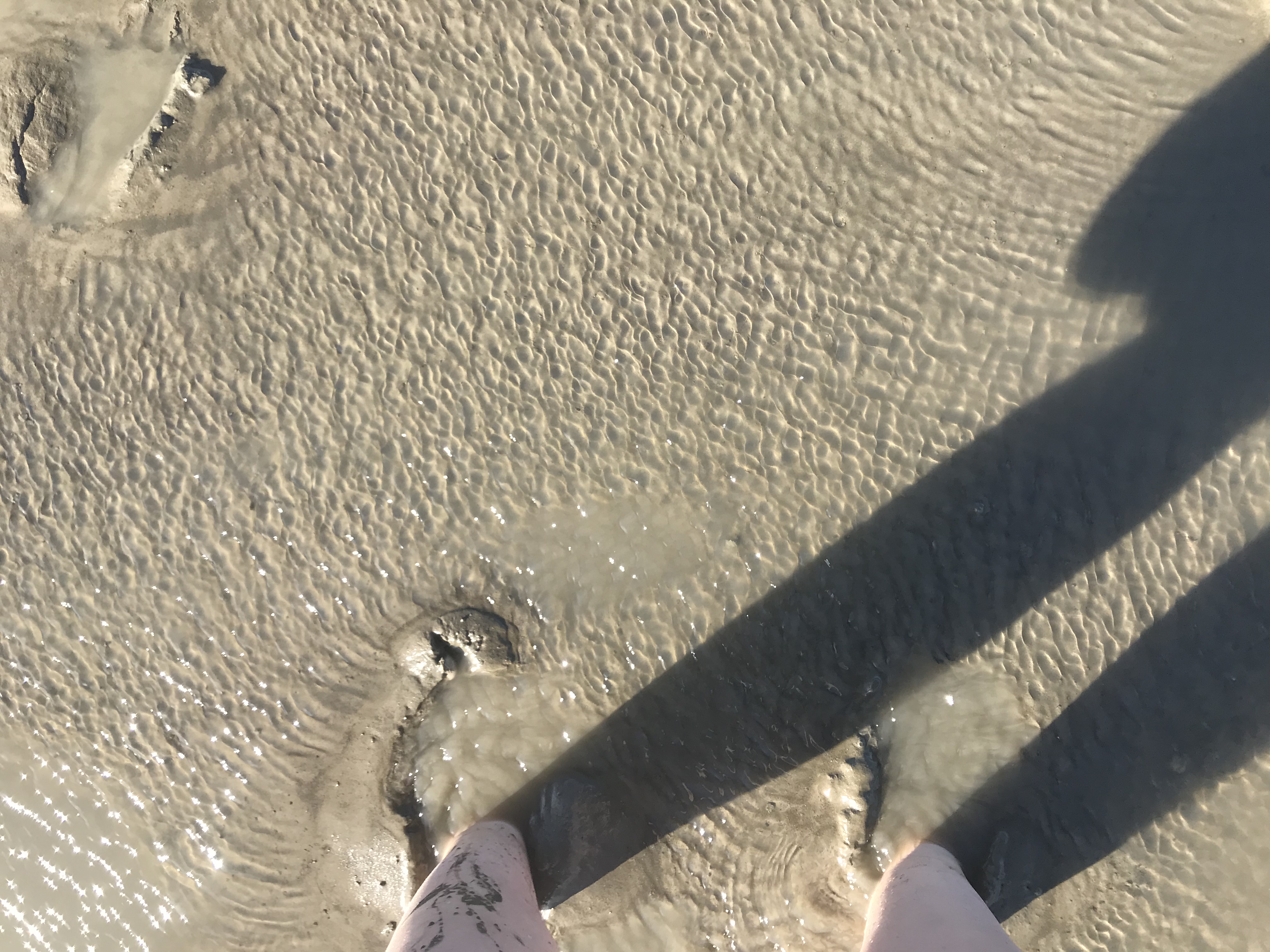
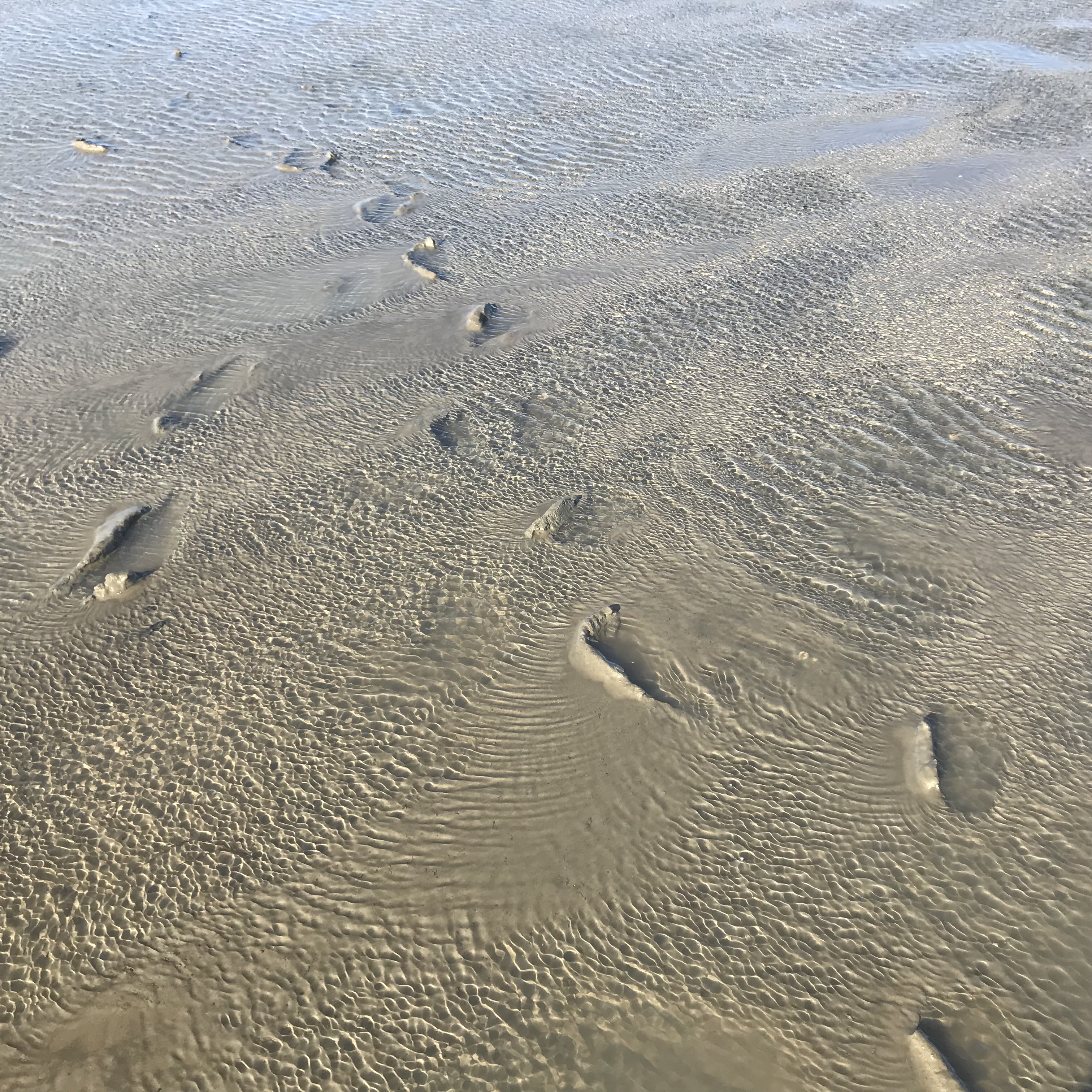
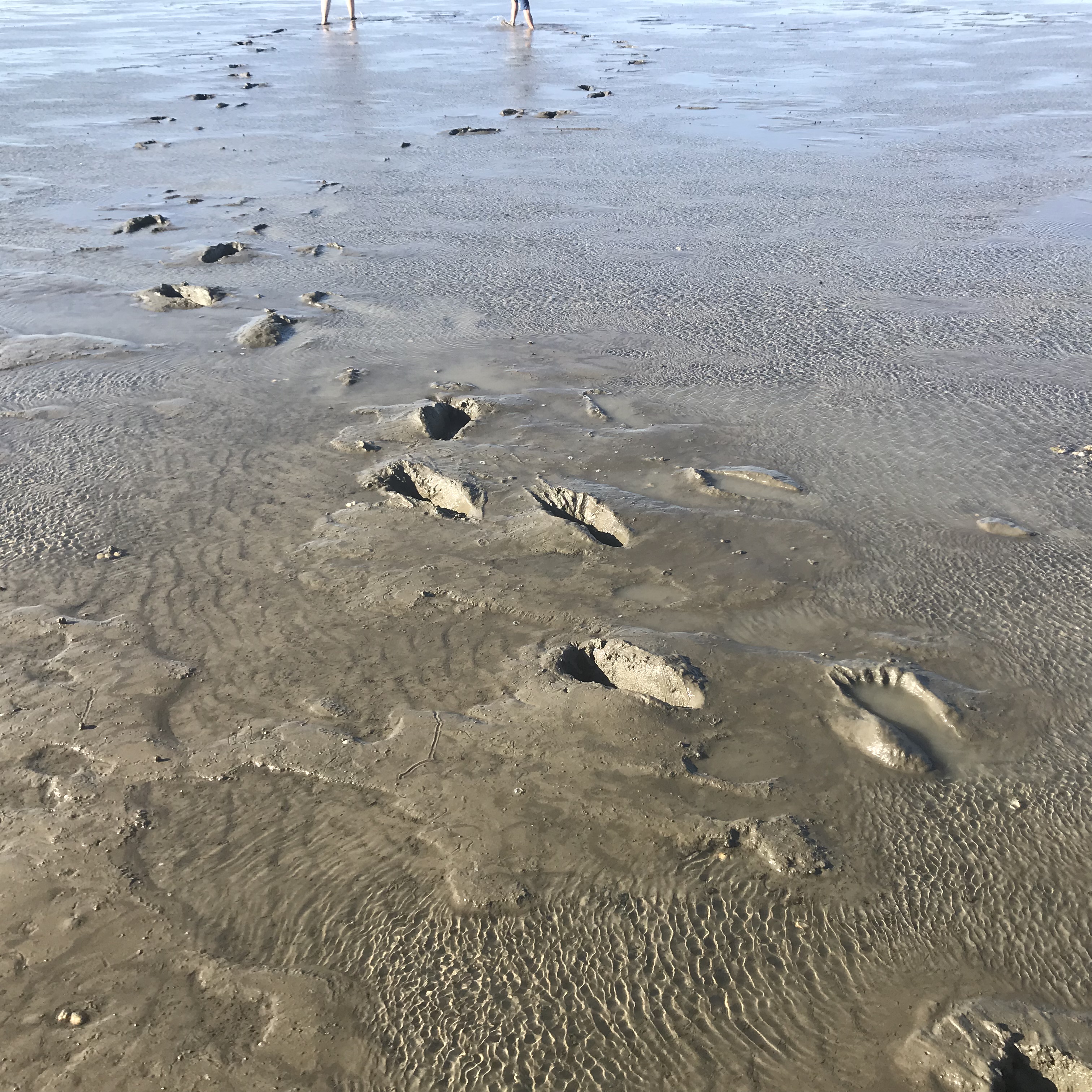
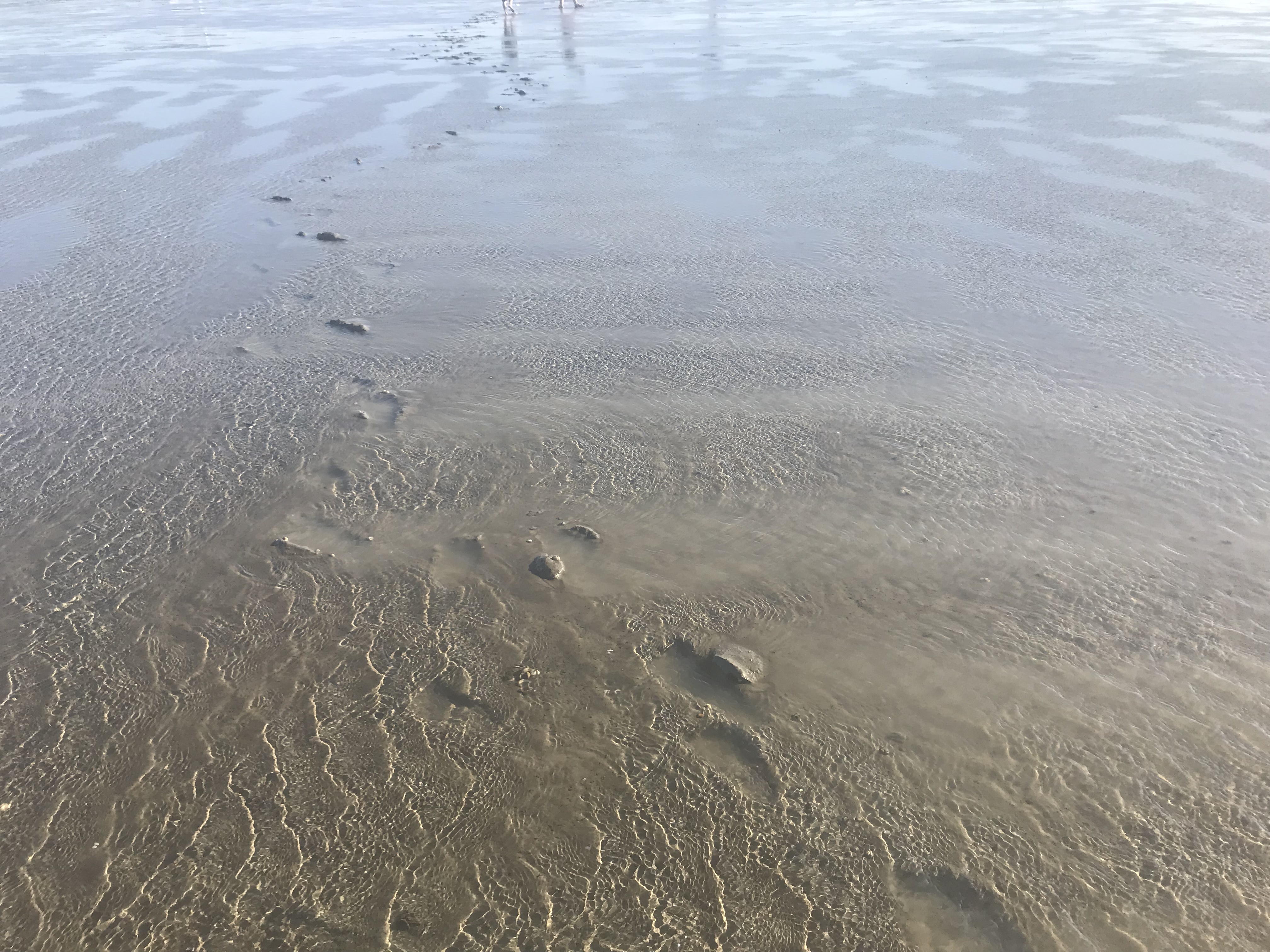
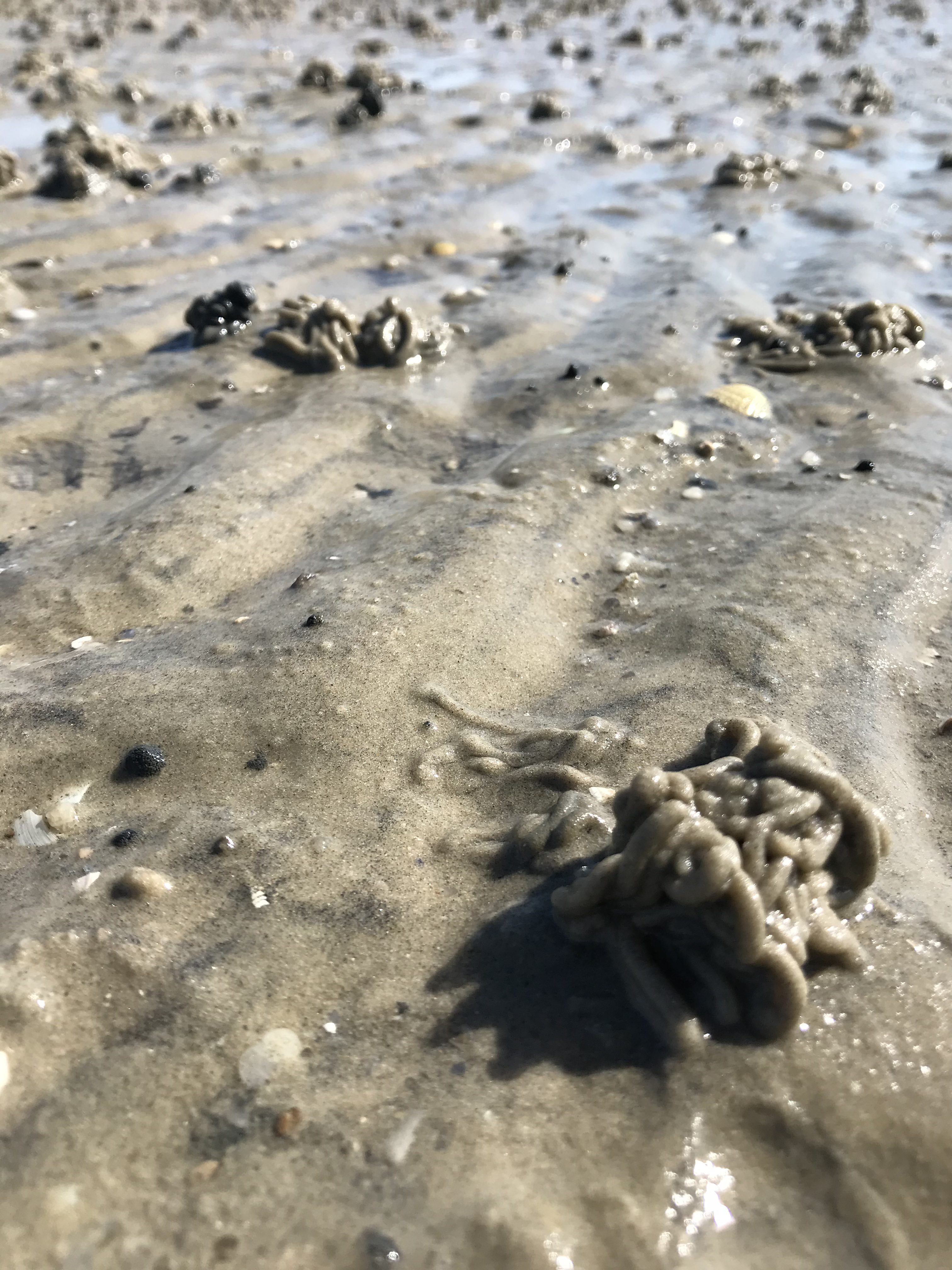
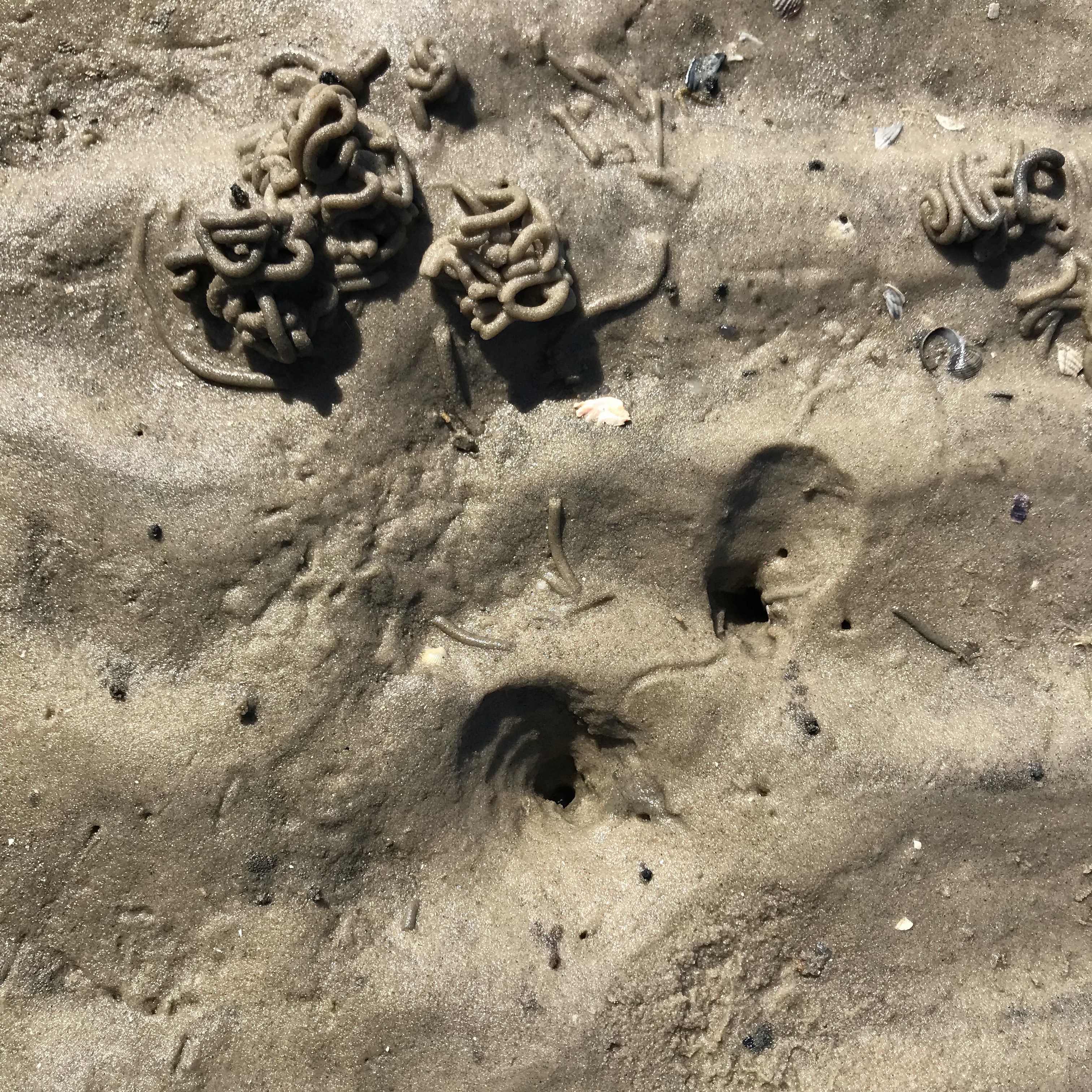
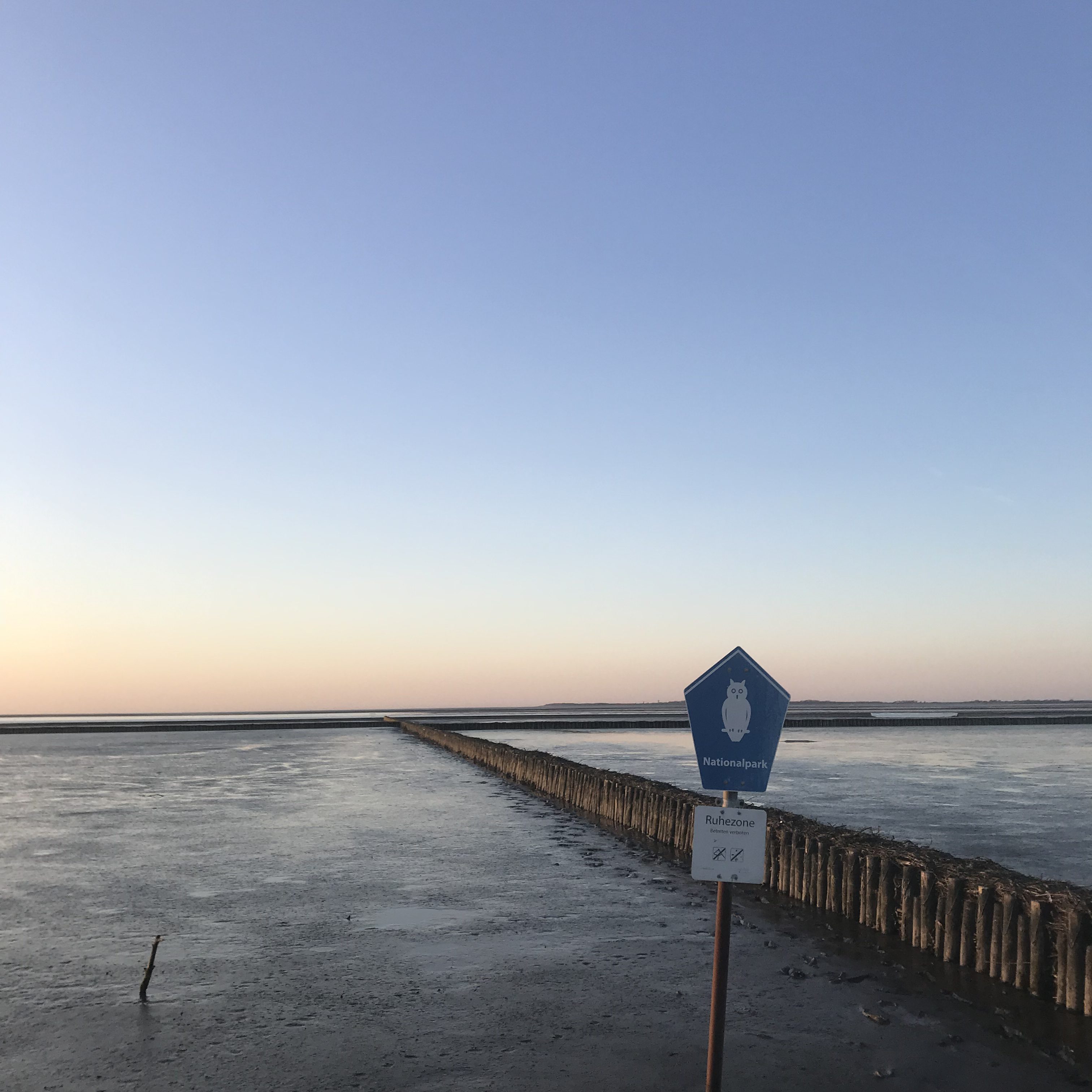
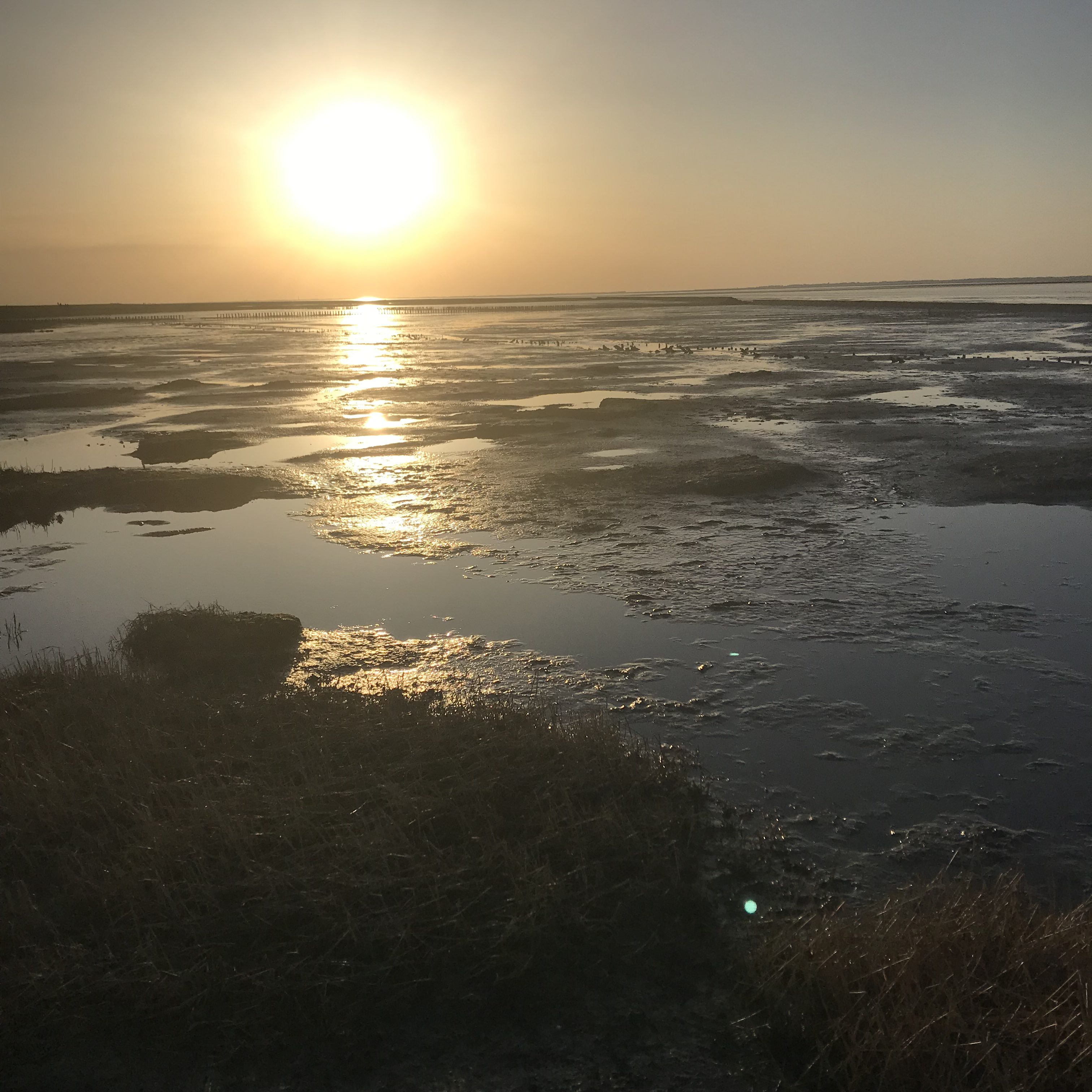
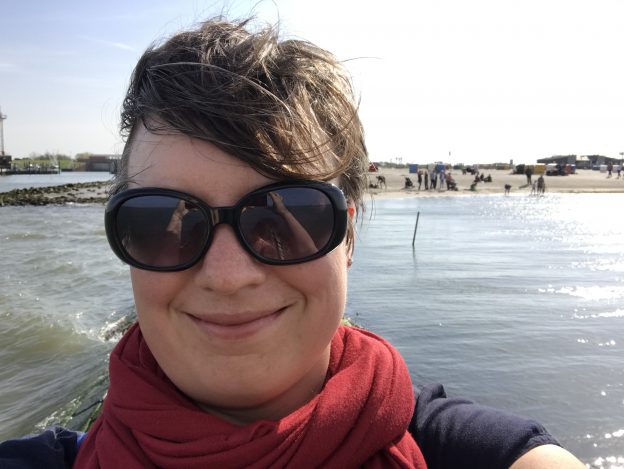










 So far, so good. Gotta go now! Do you find this as fascinating as I do?
So far, so good. Gotta go now! Do you find this as fascinating as I do?